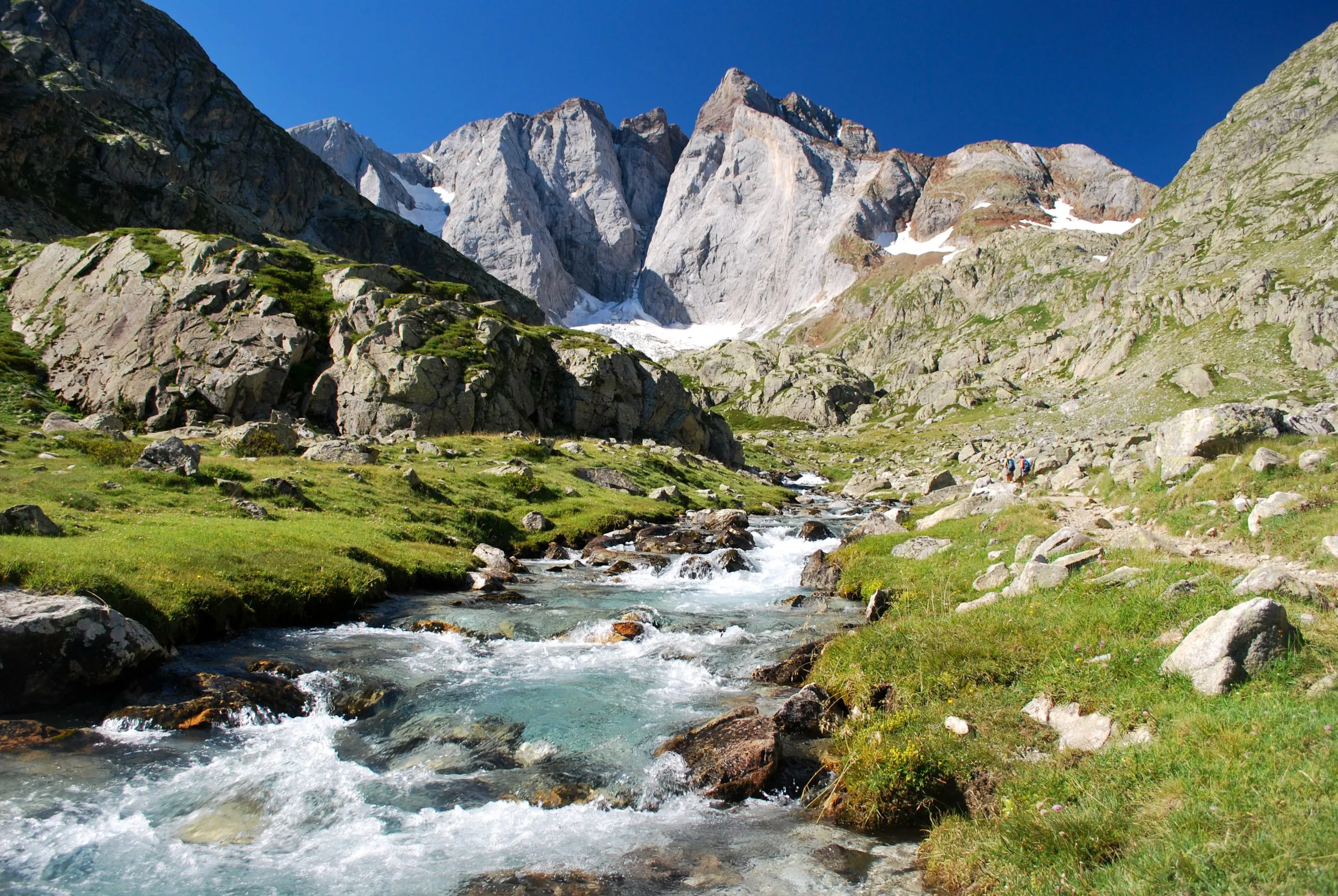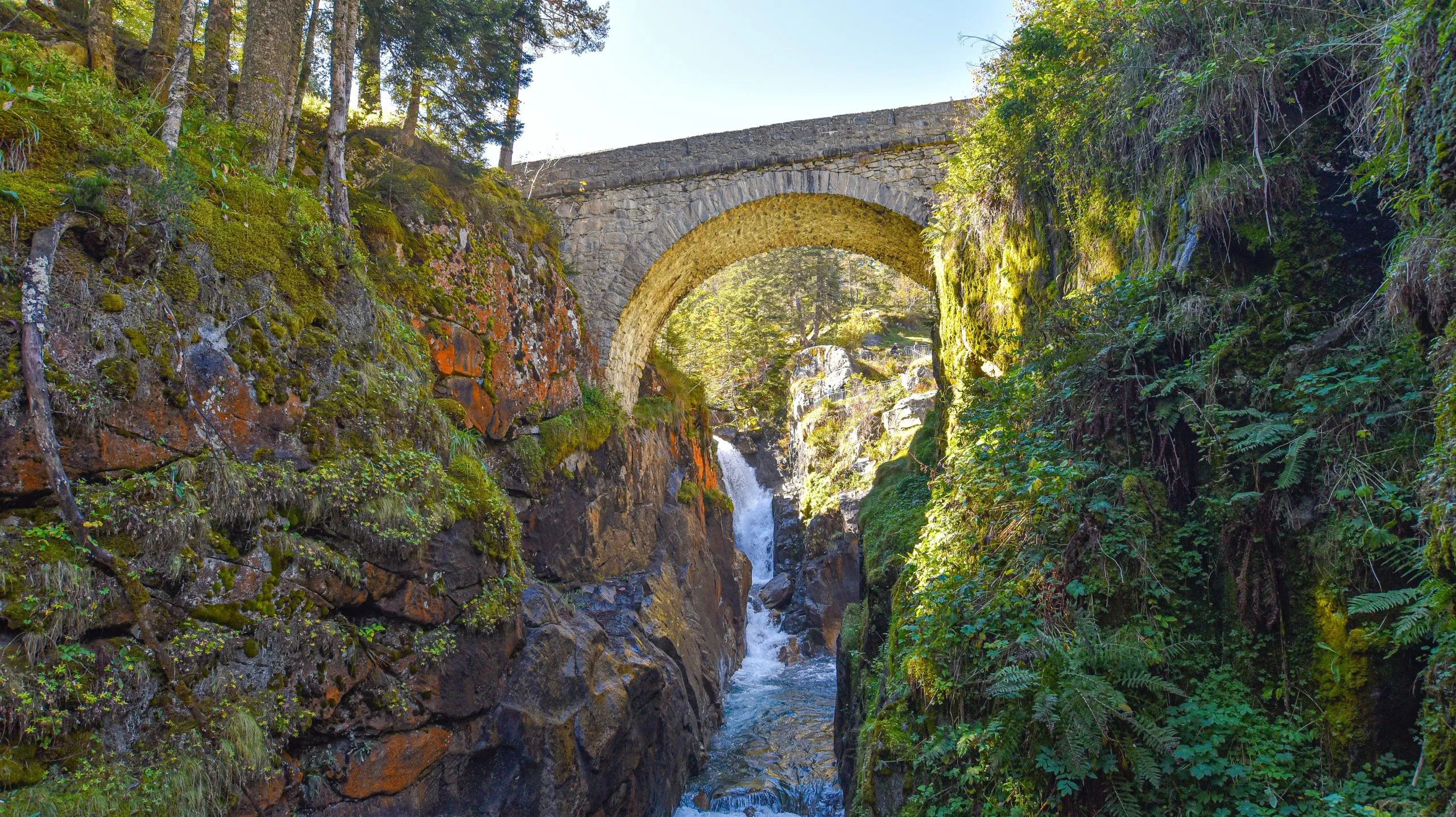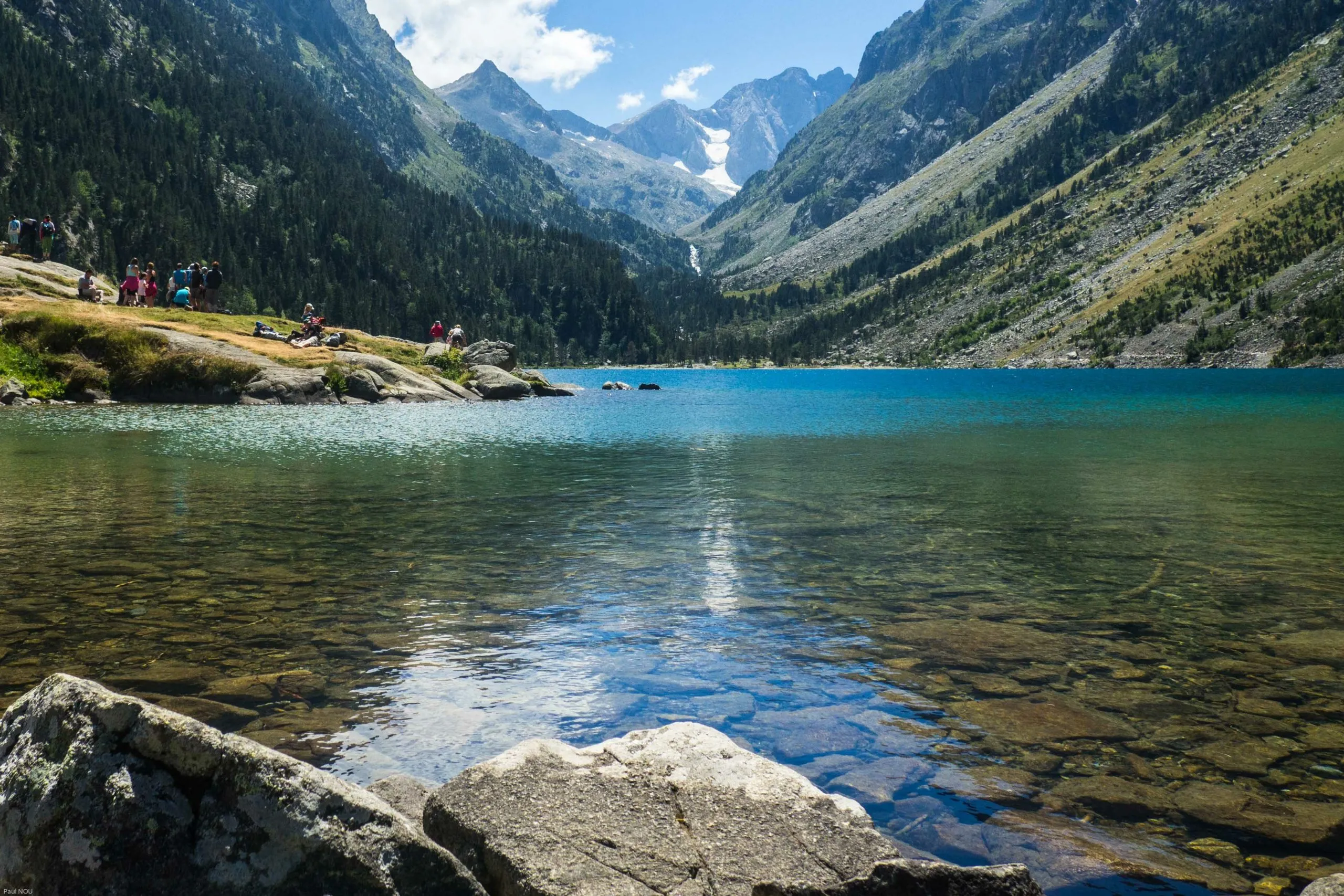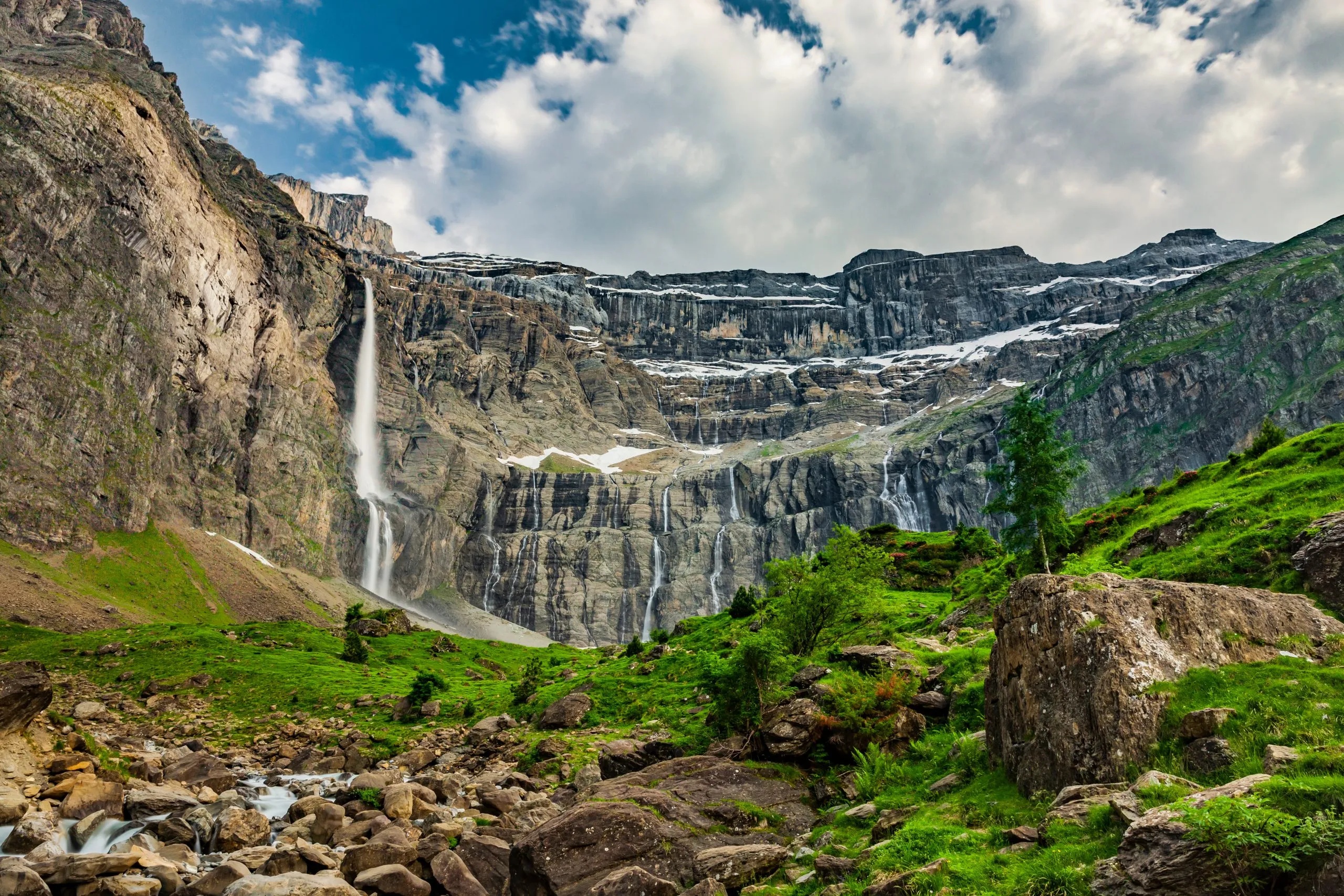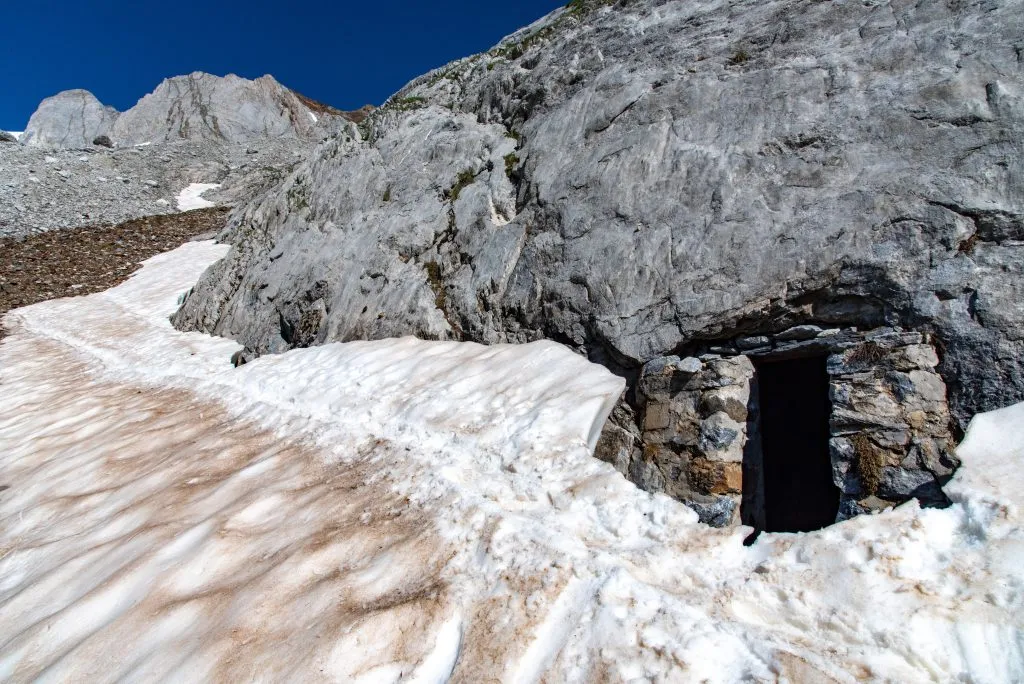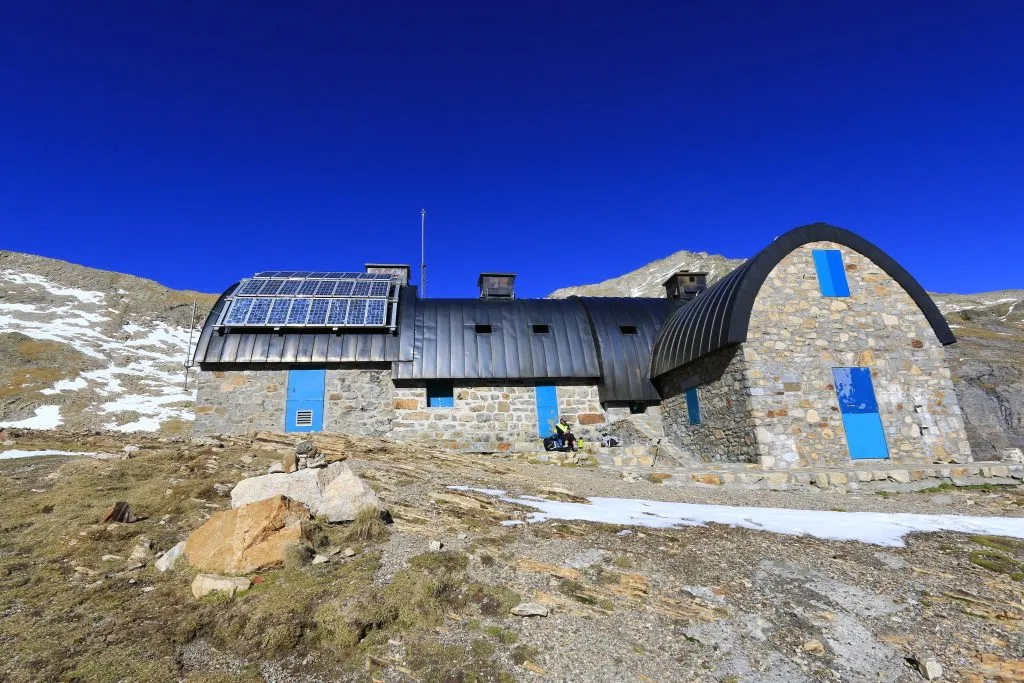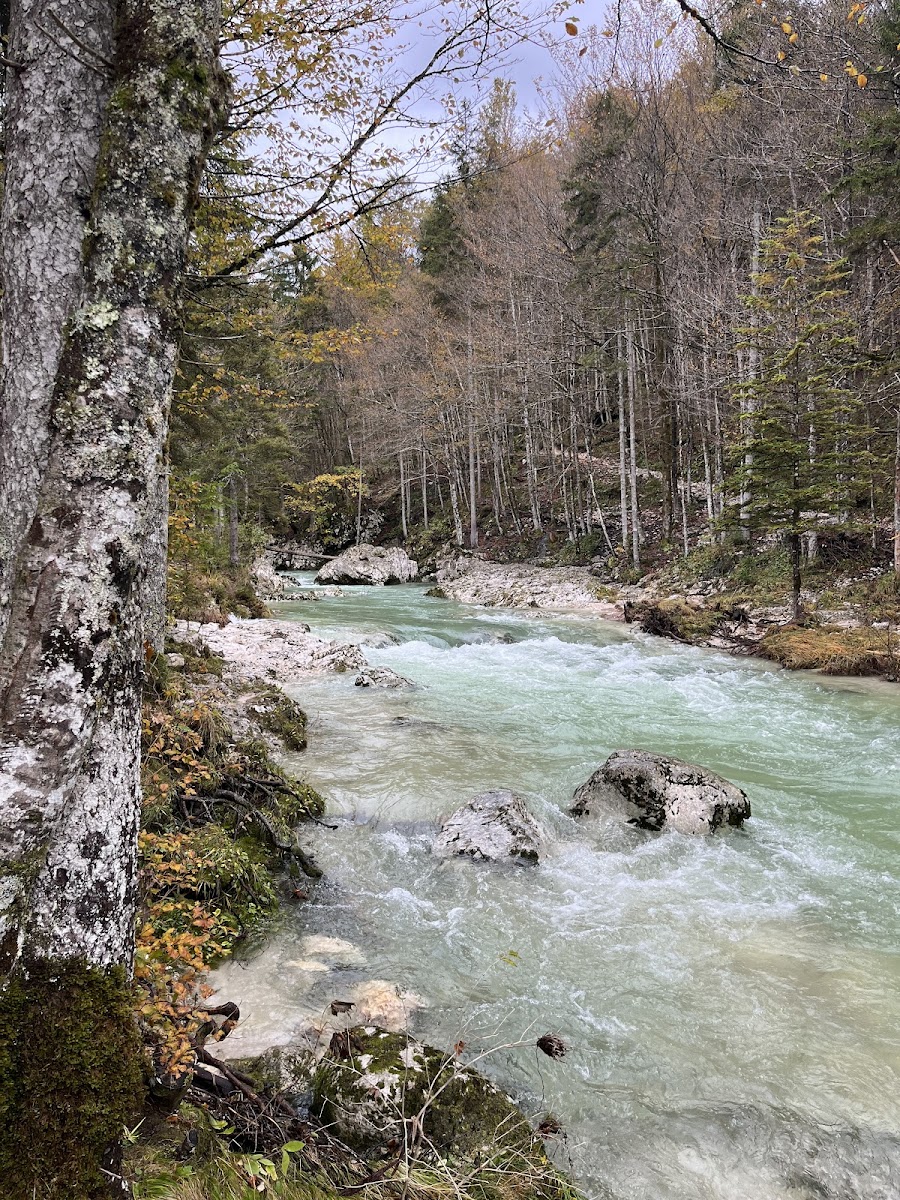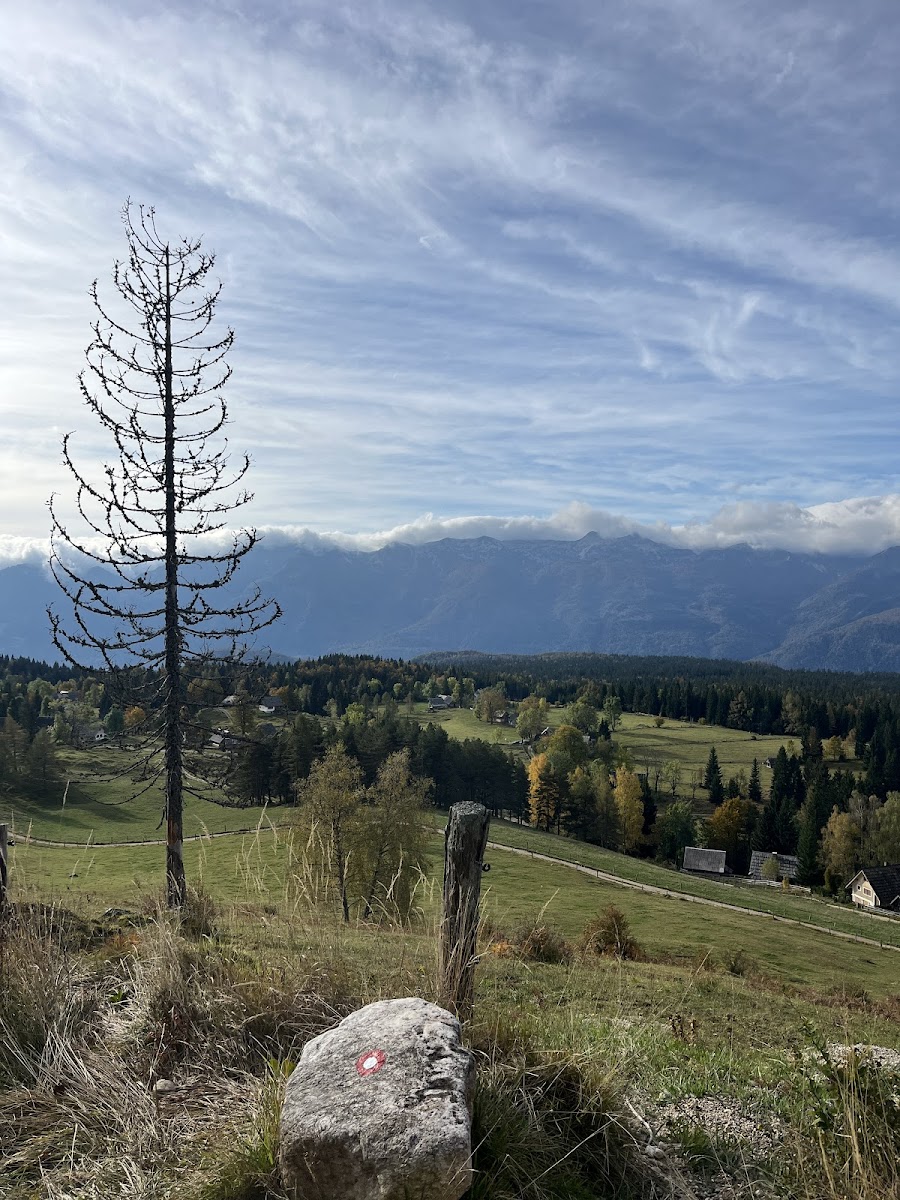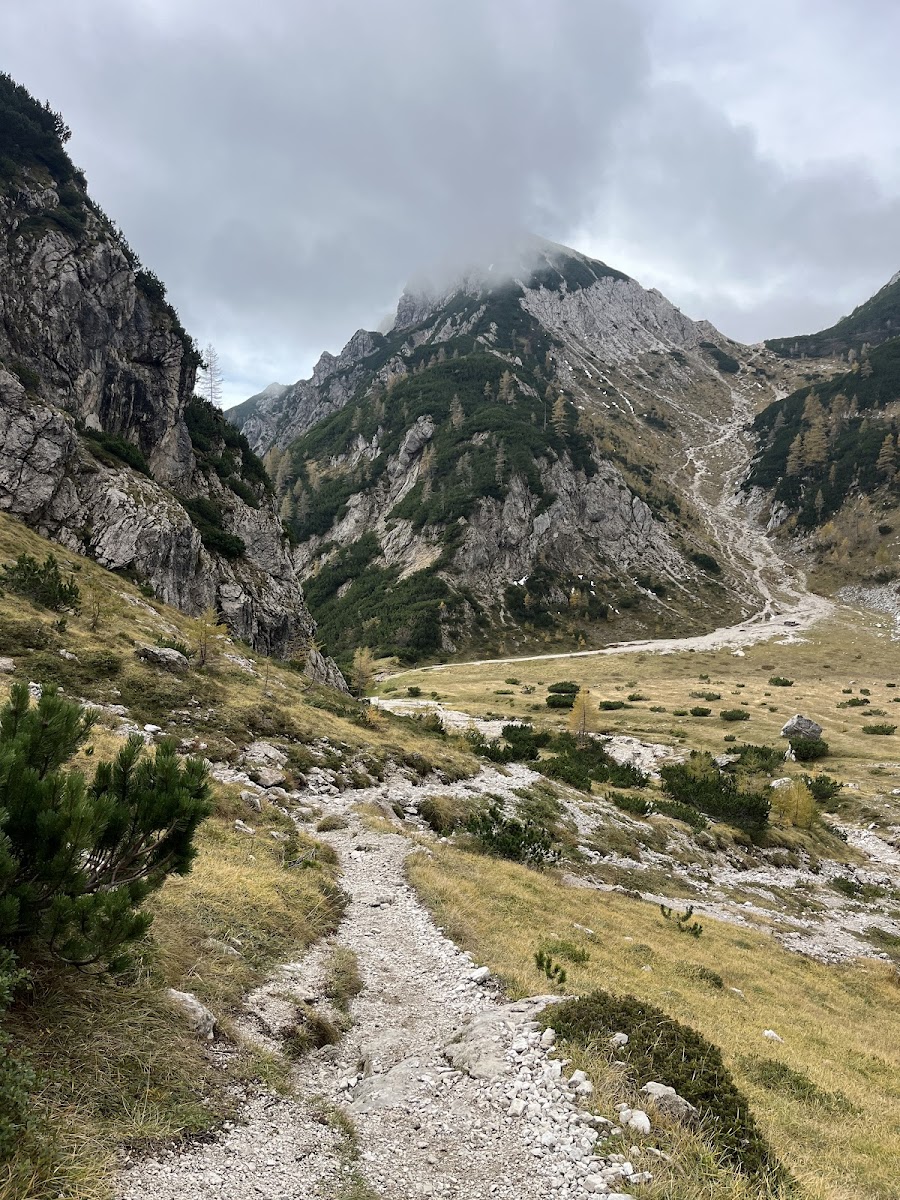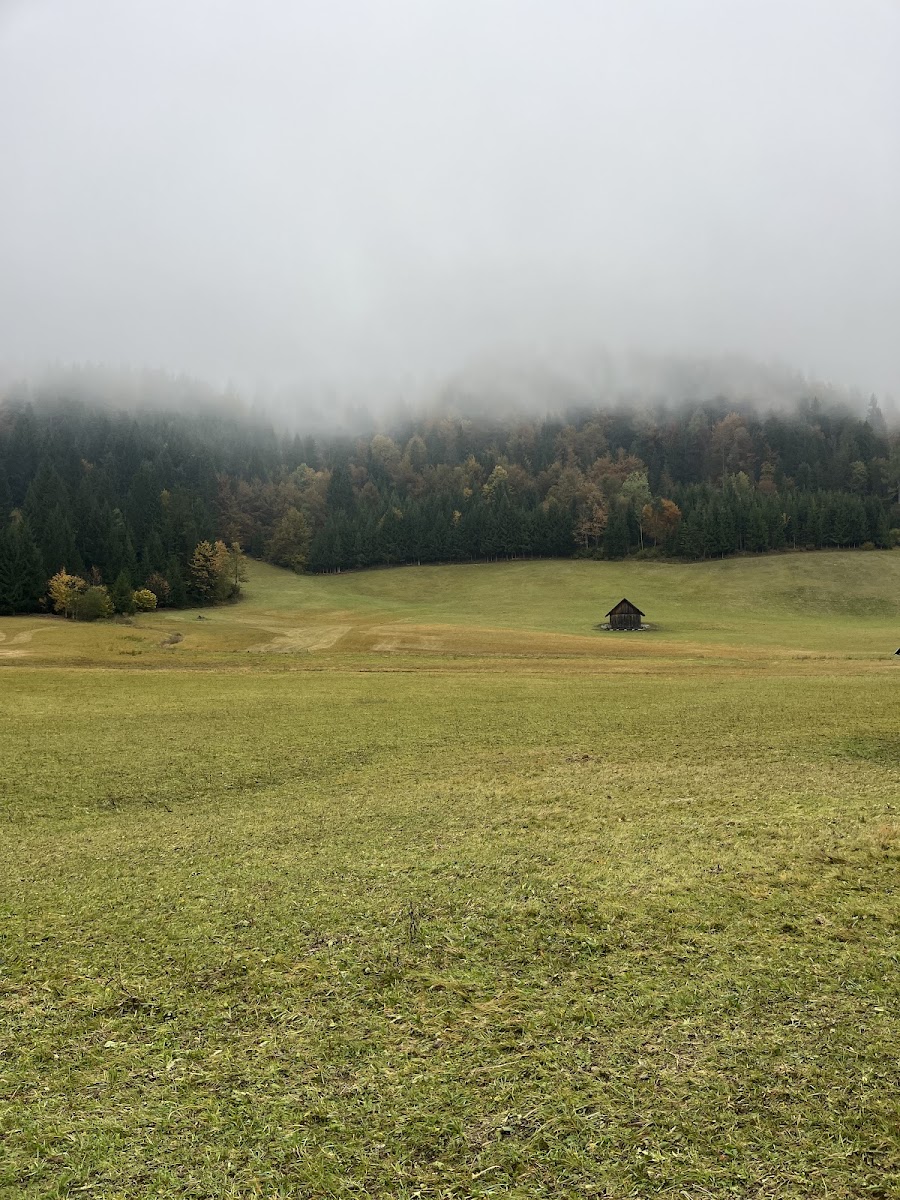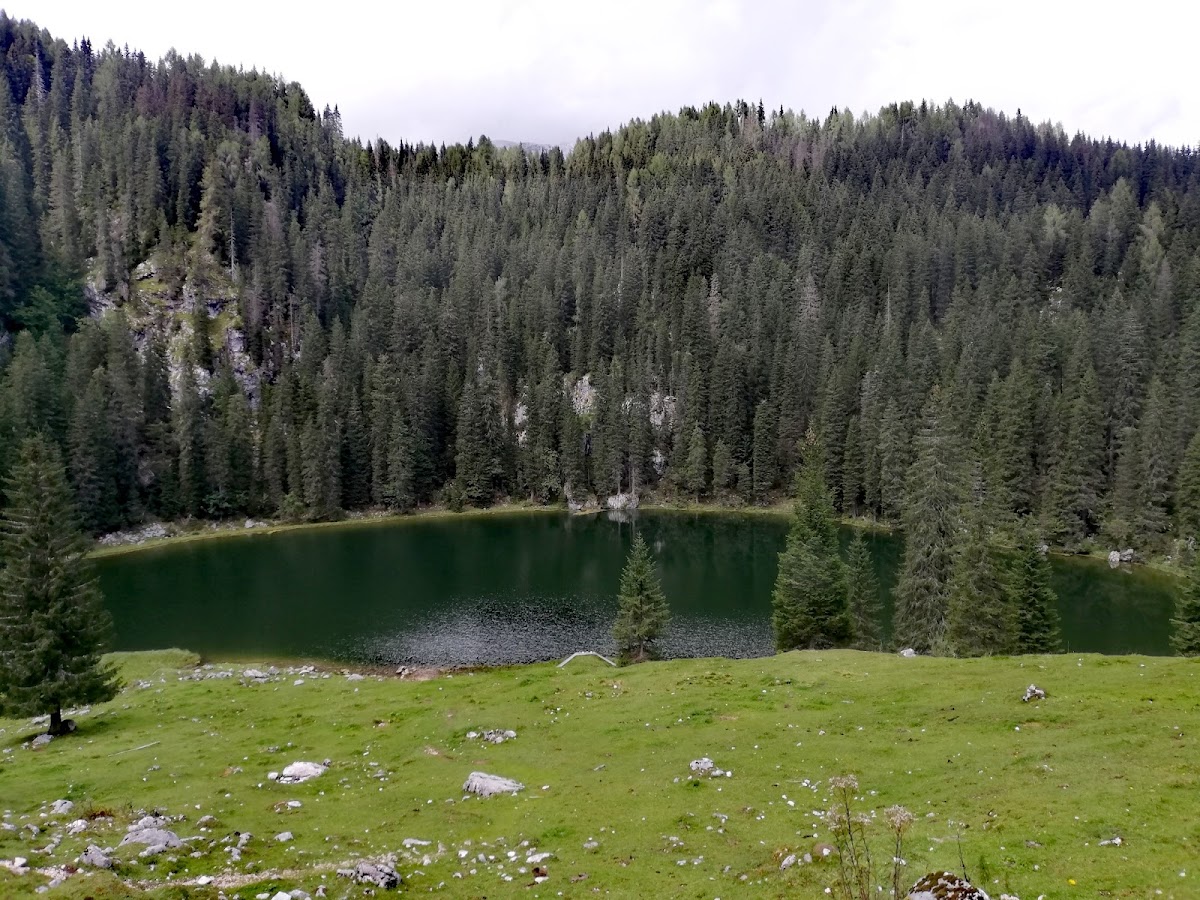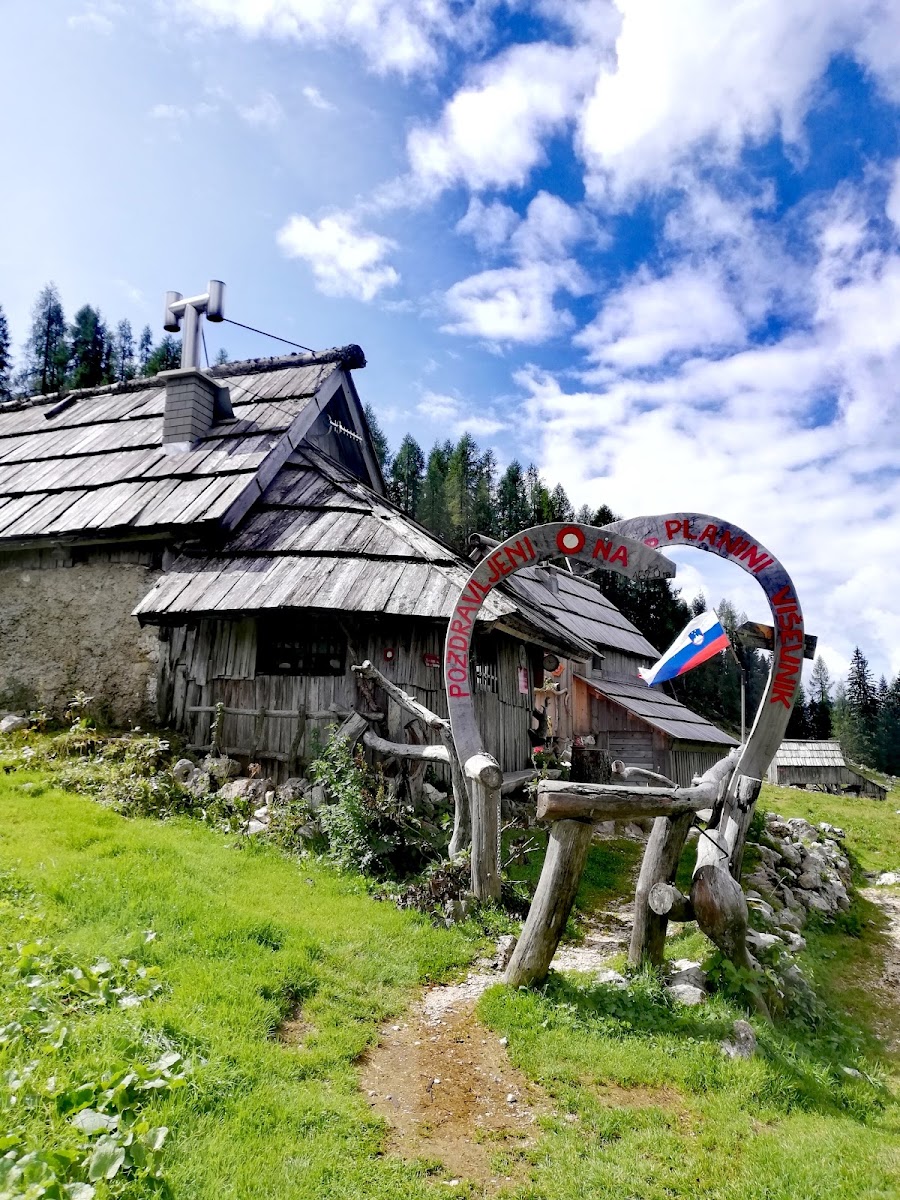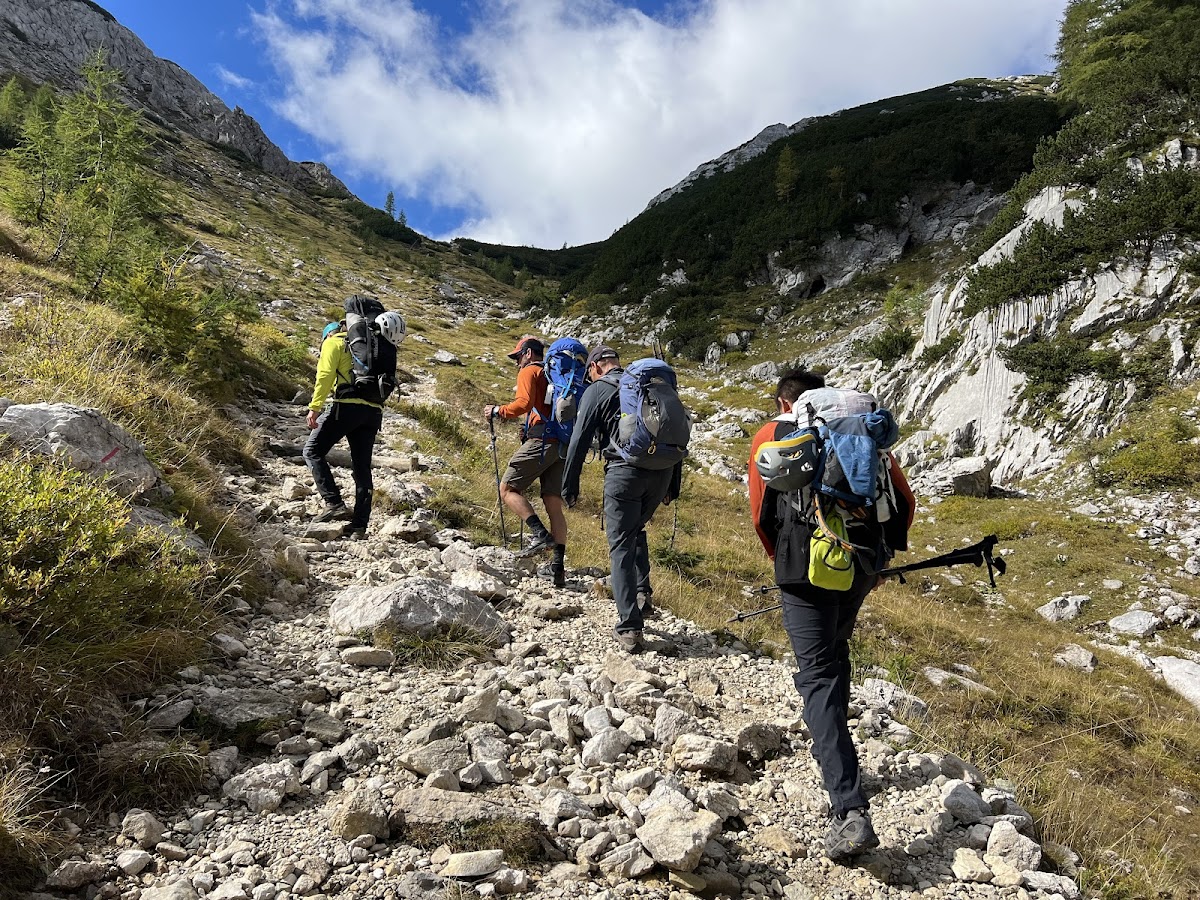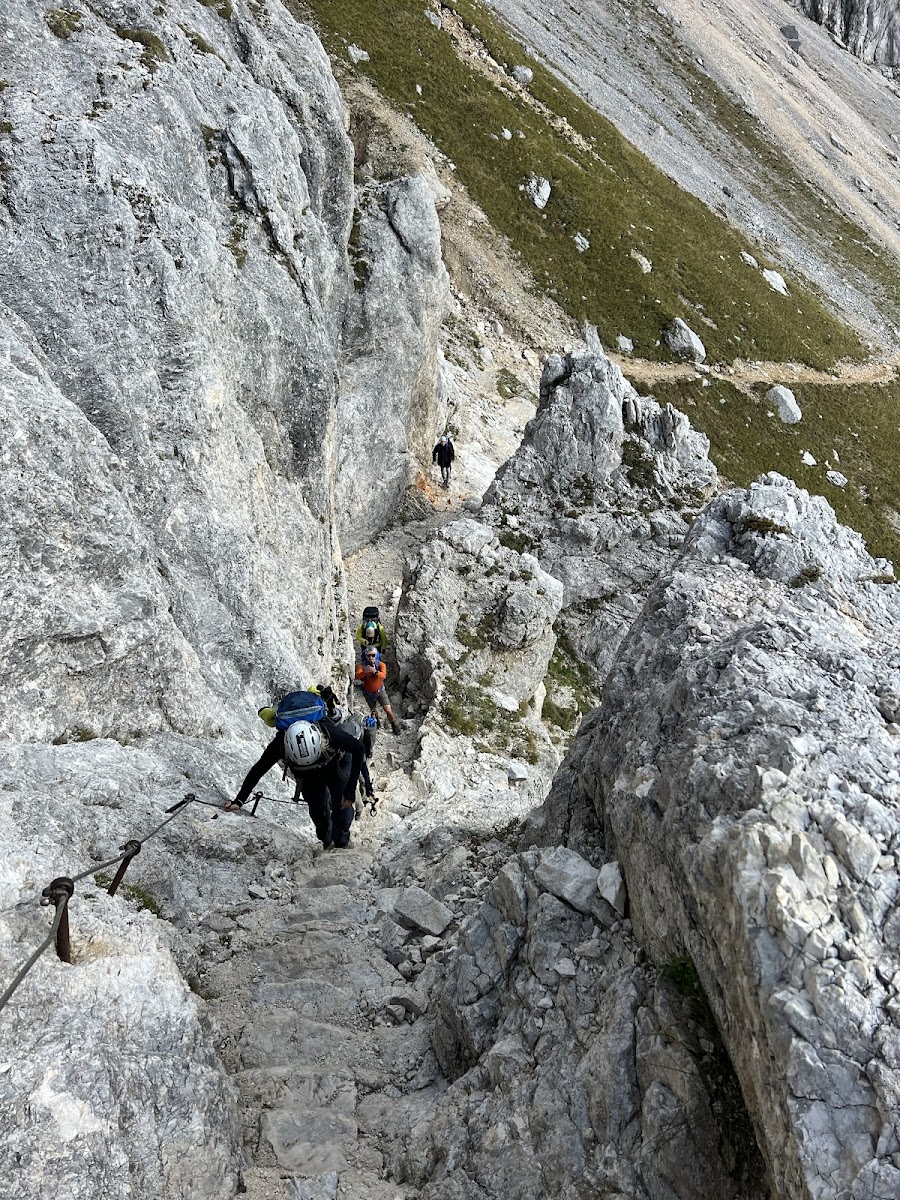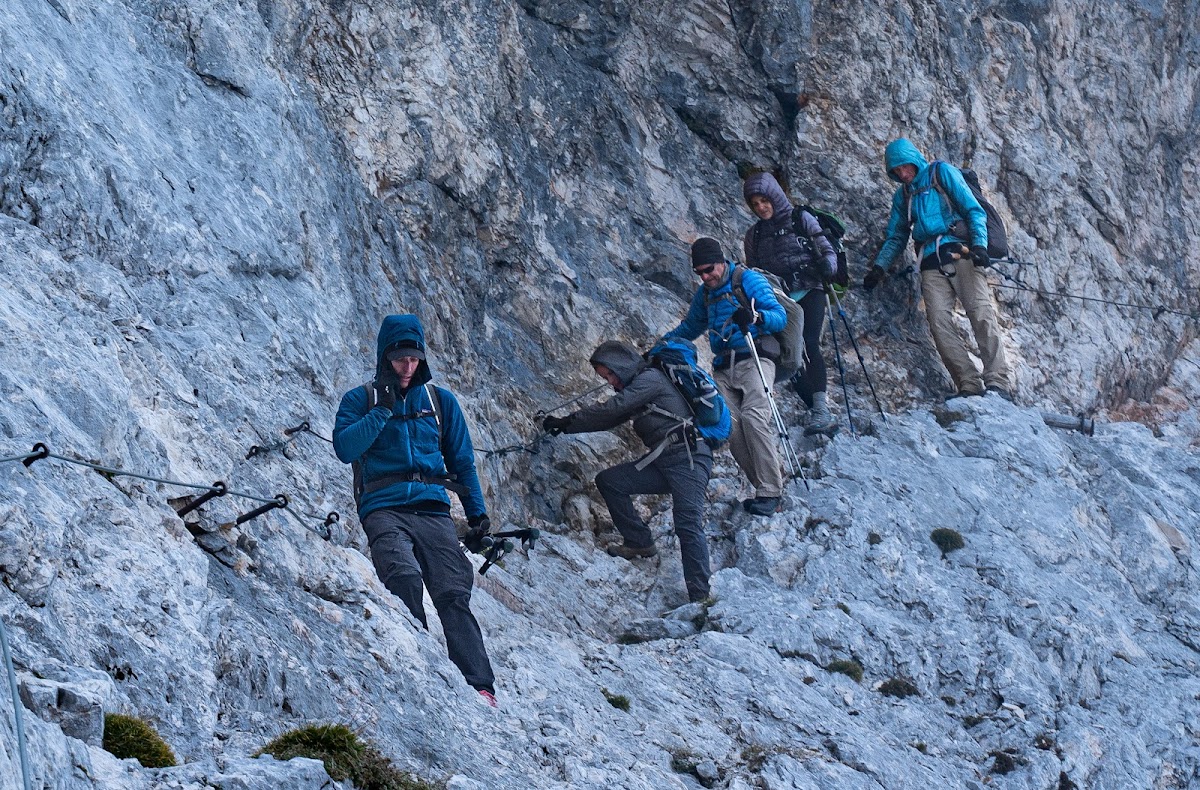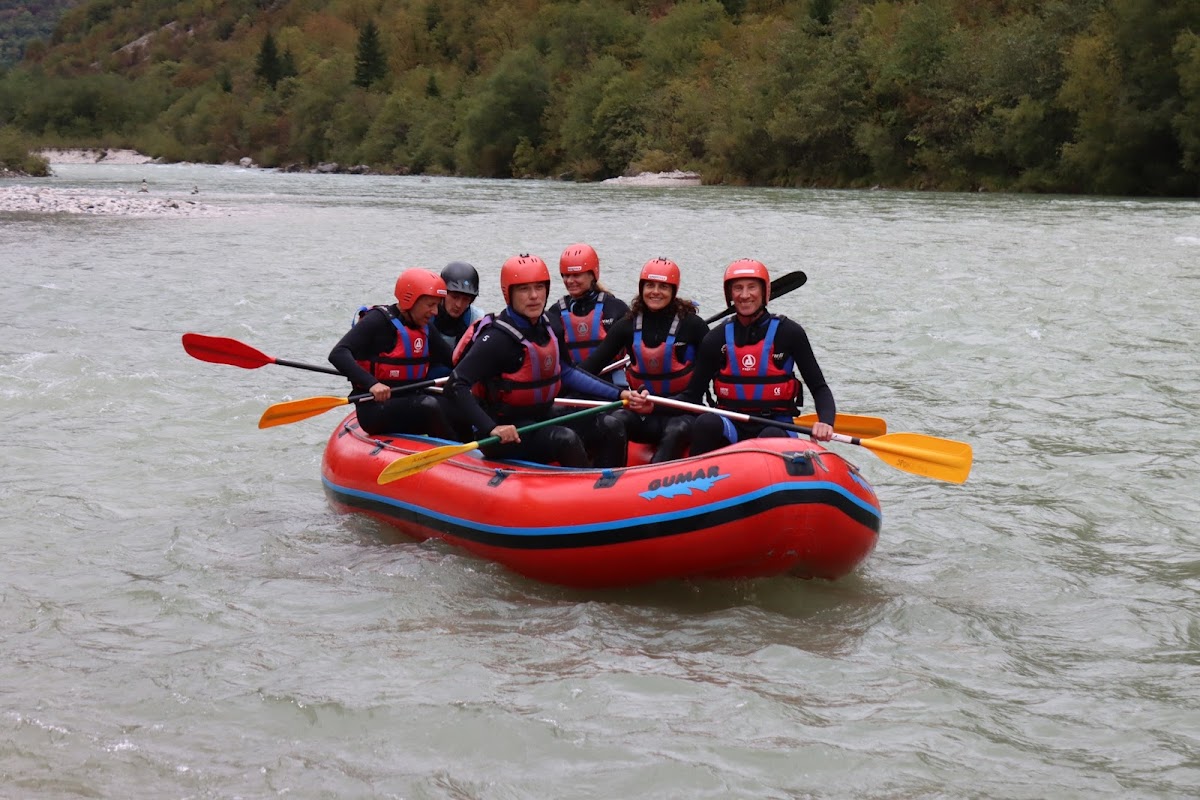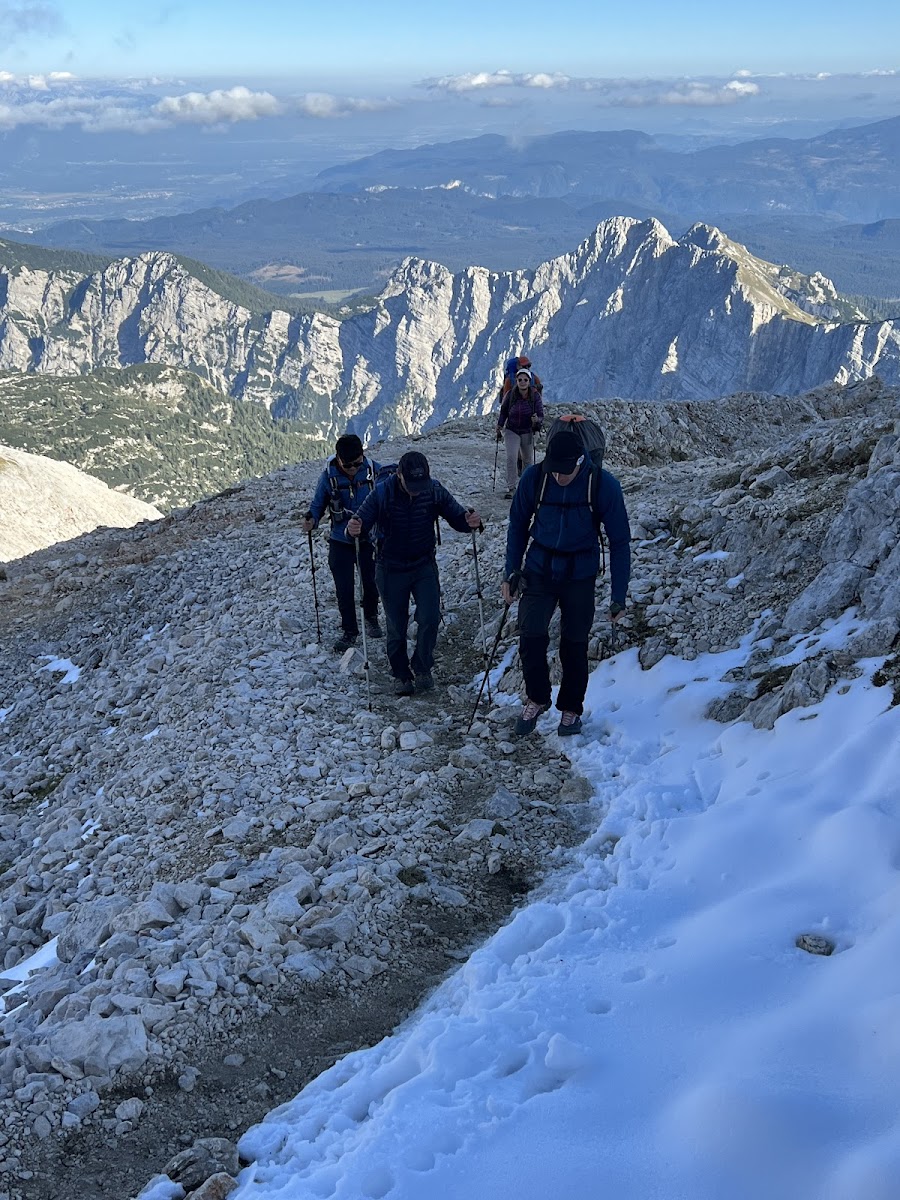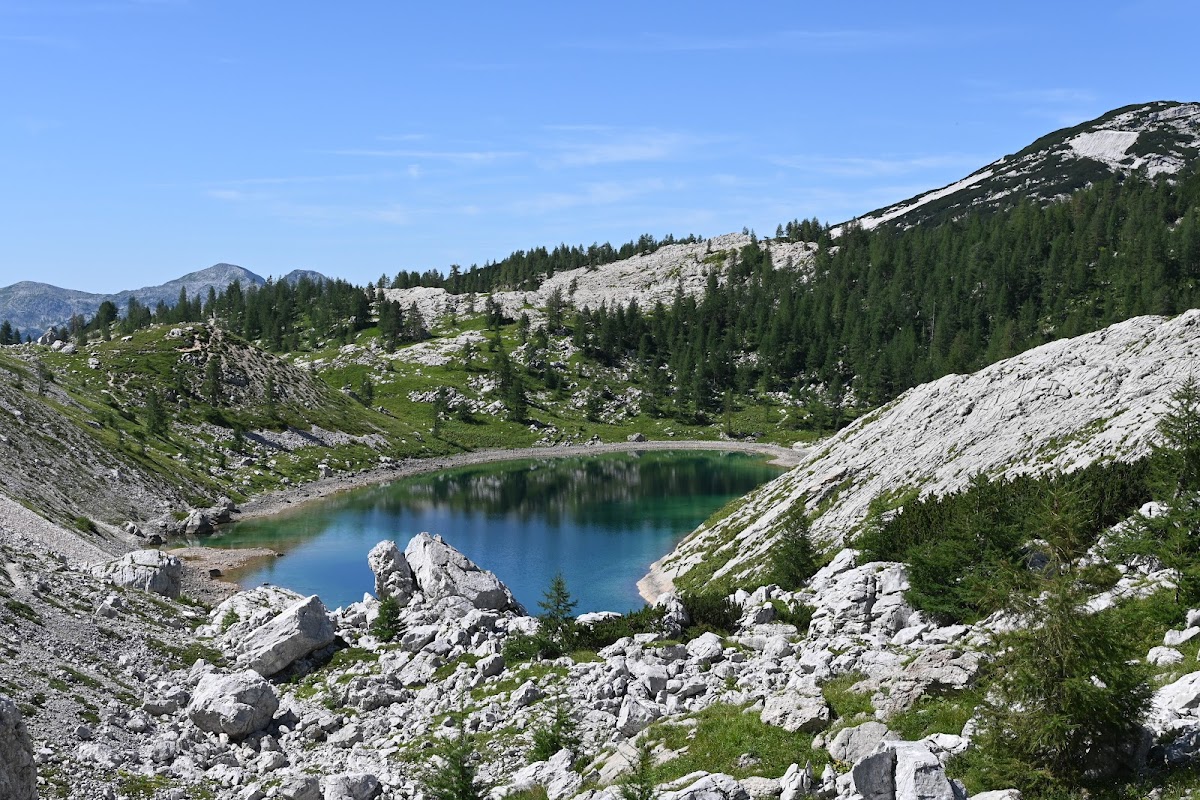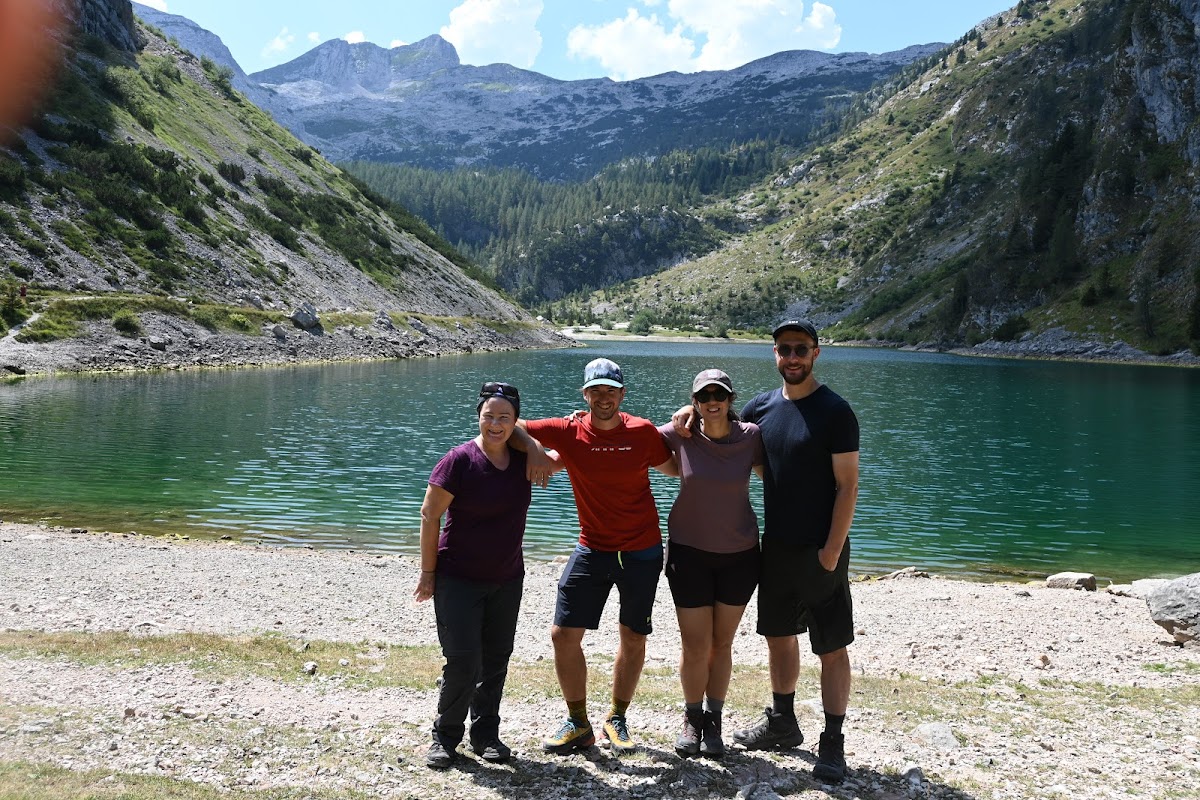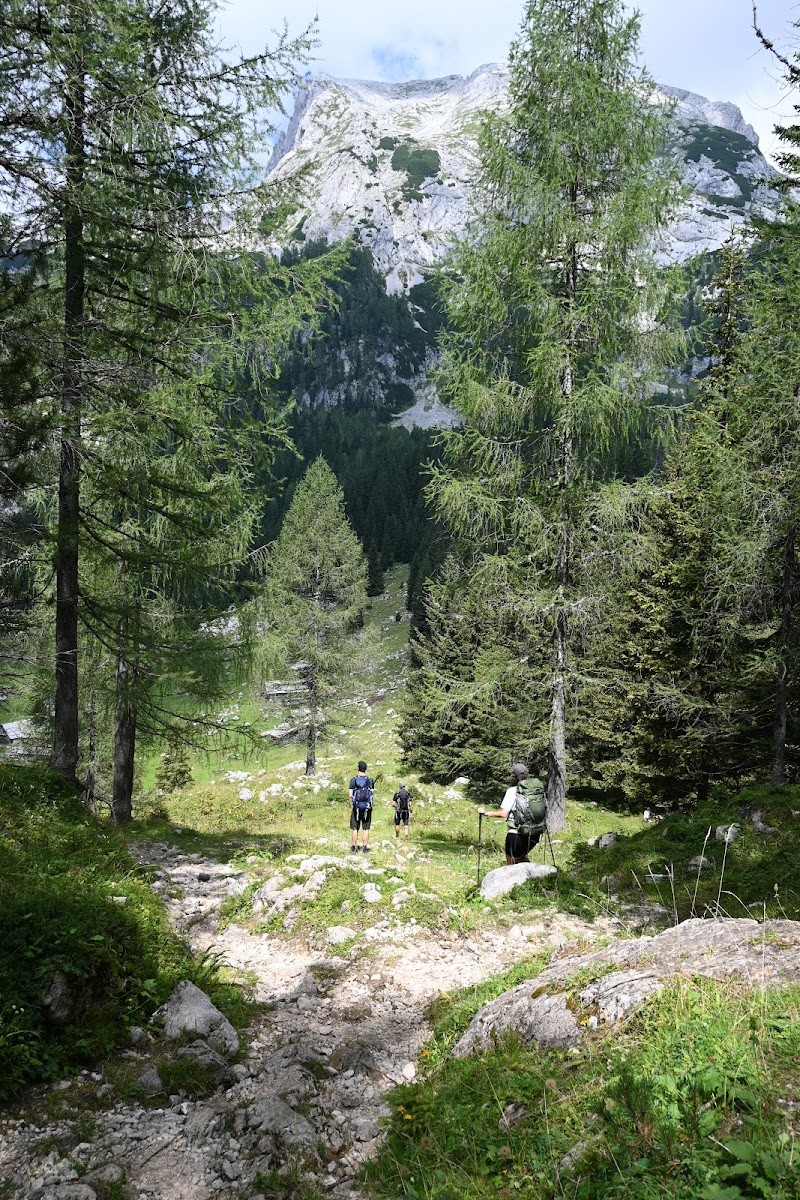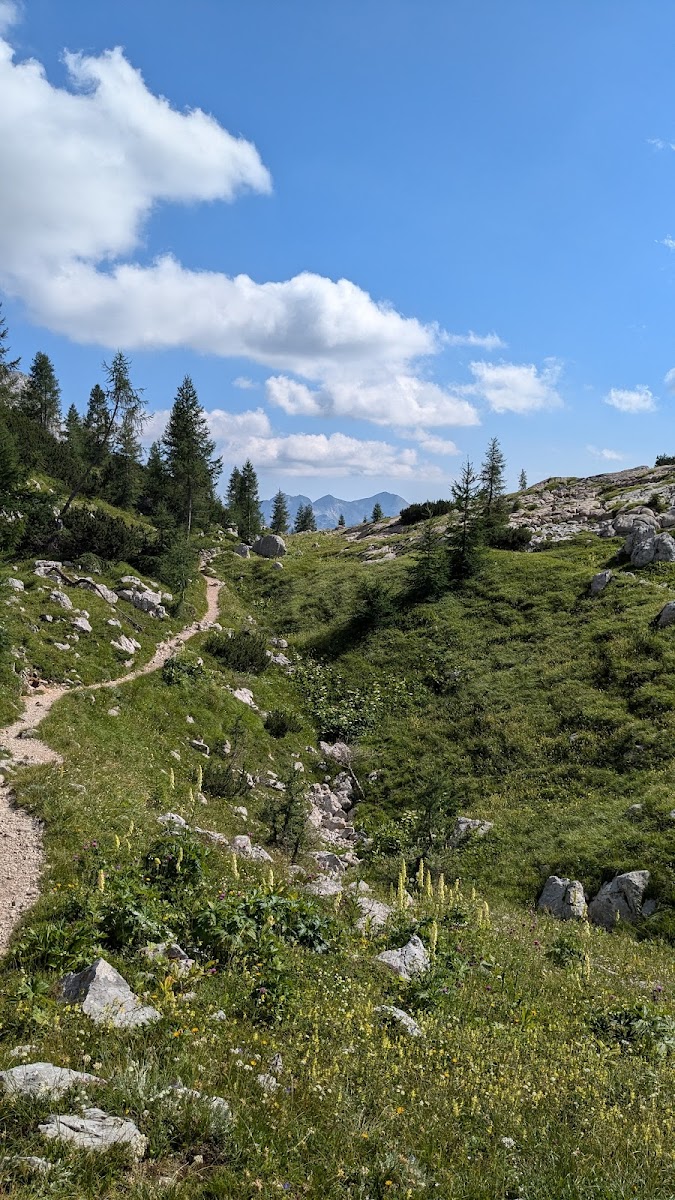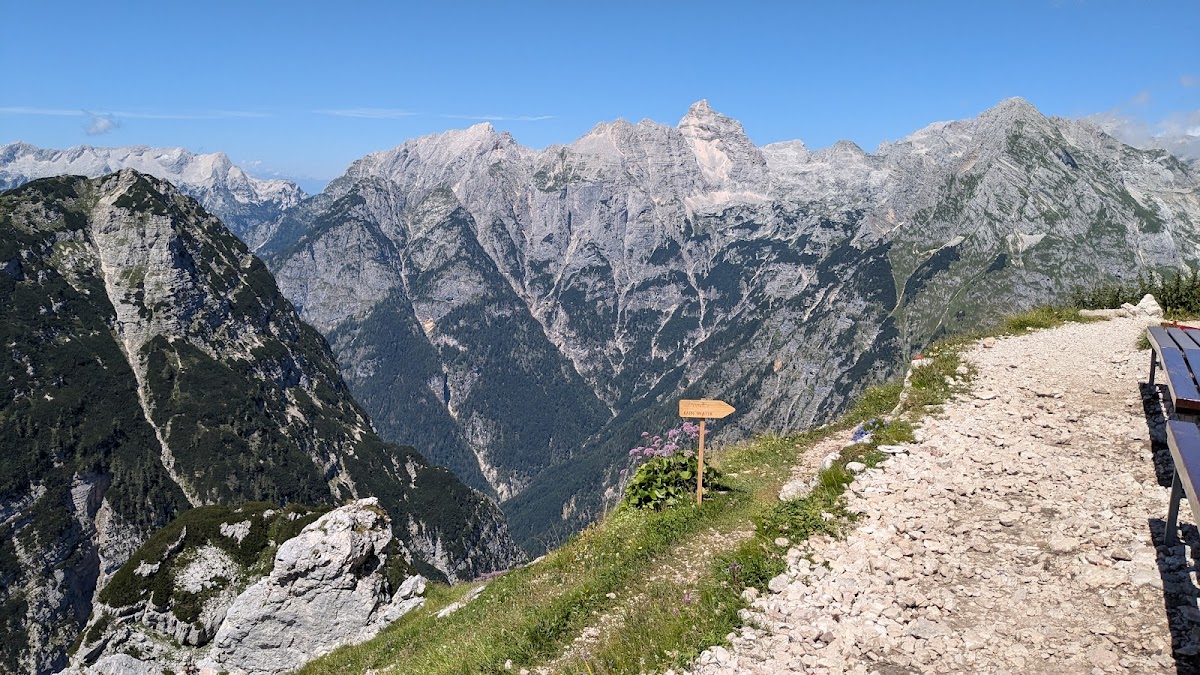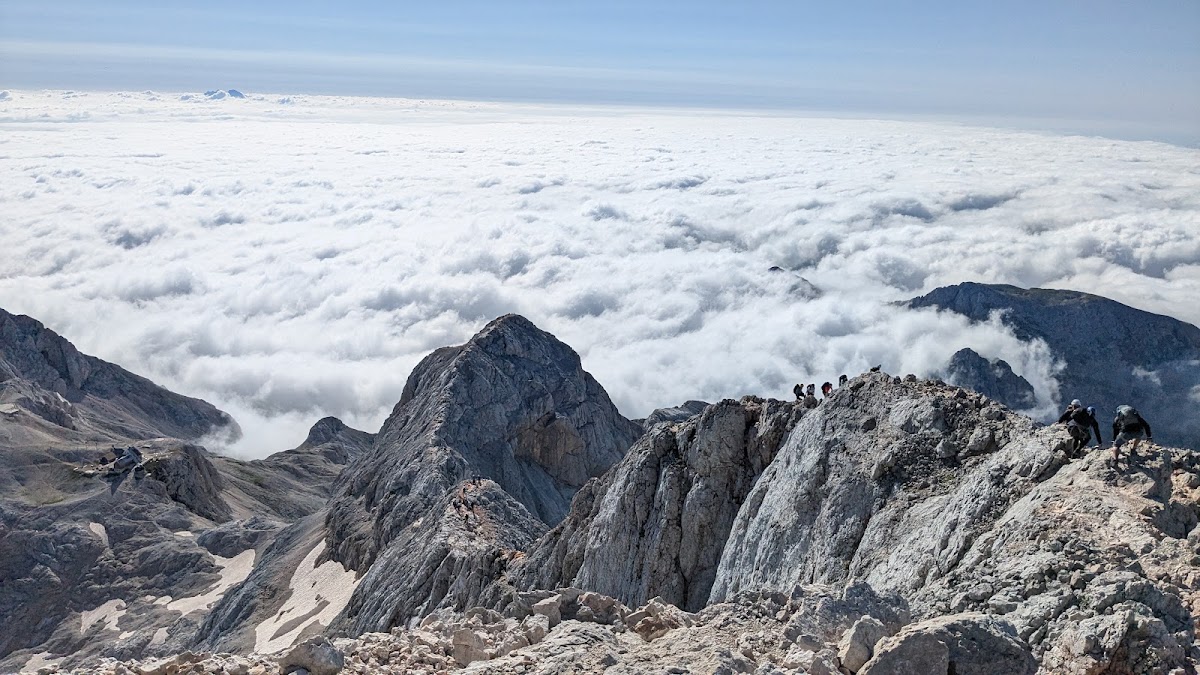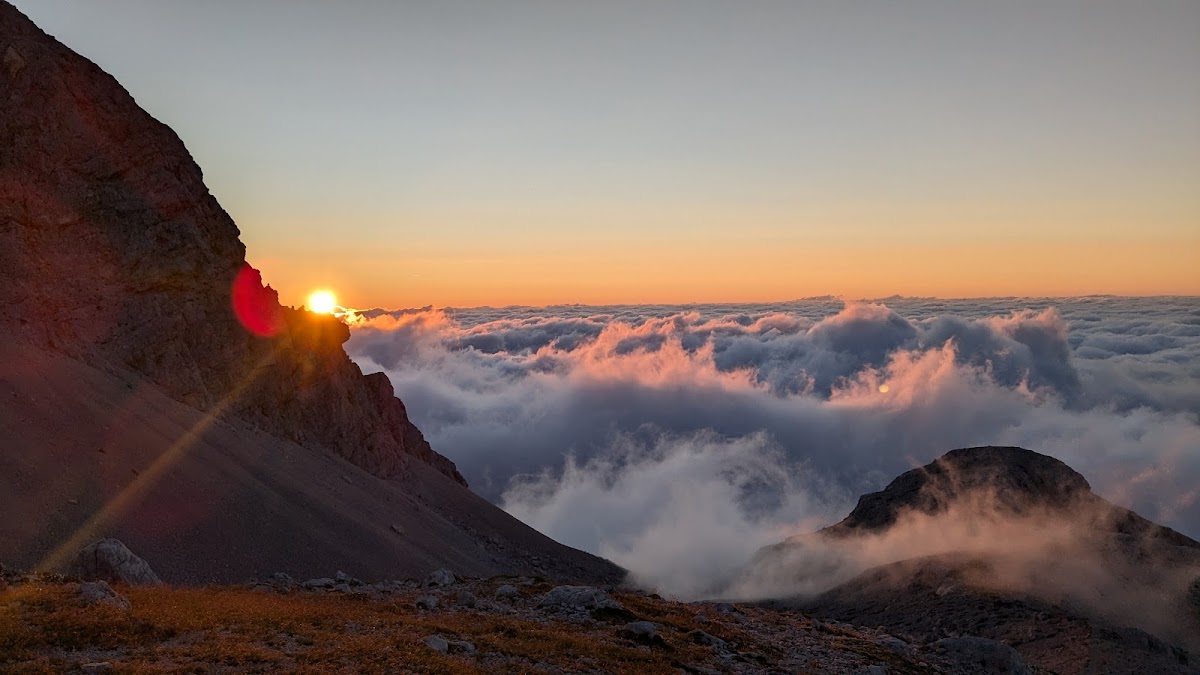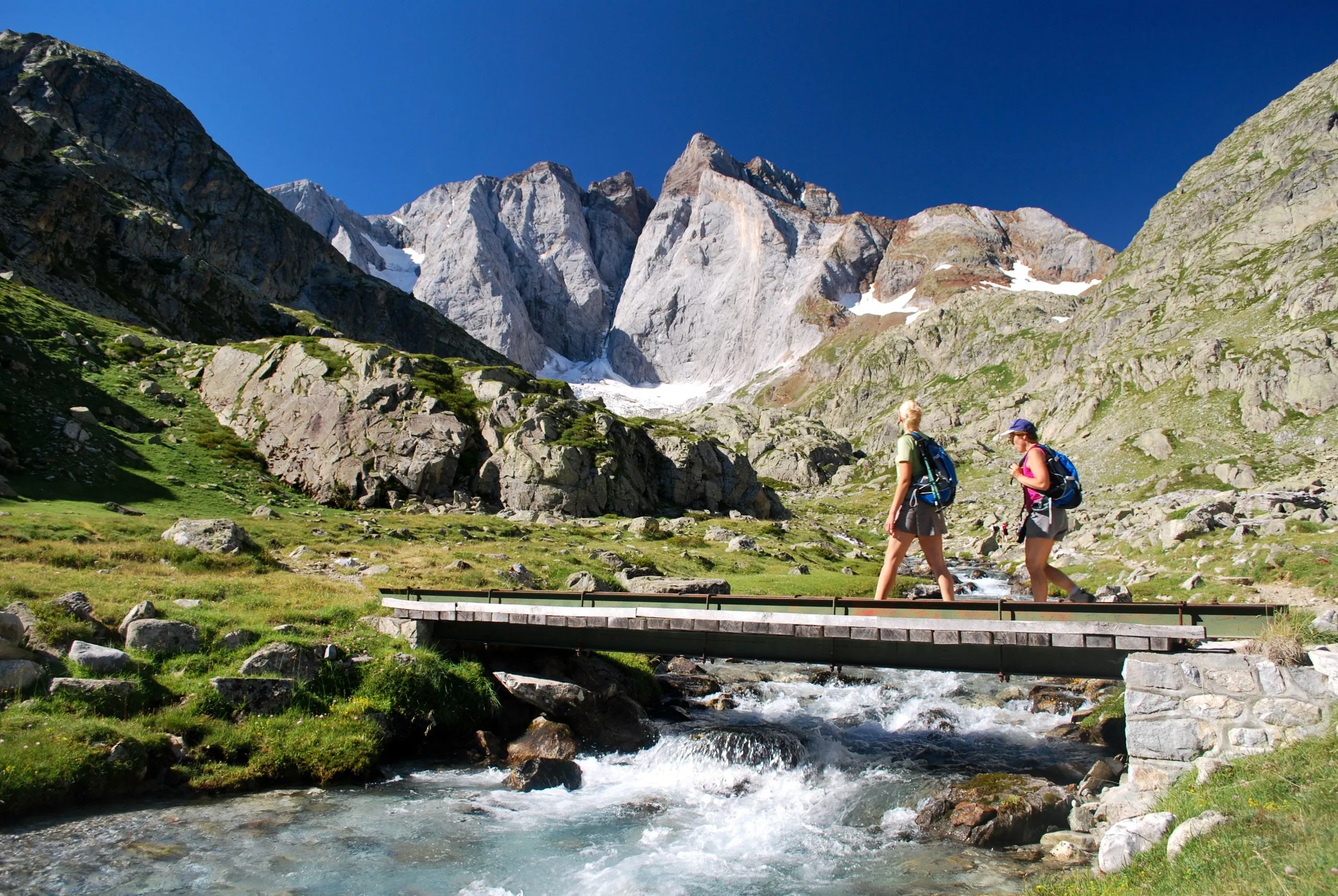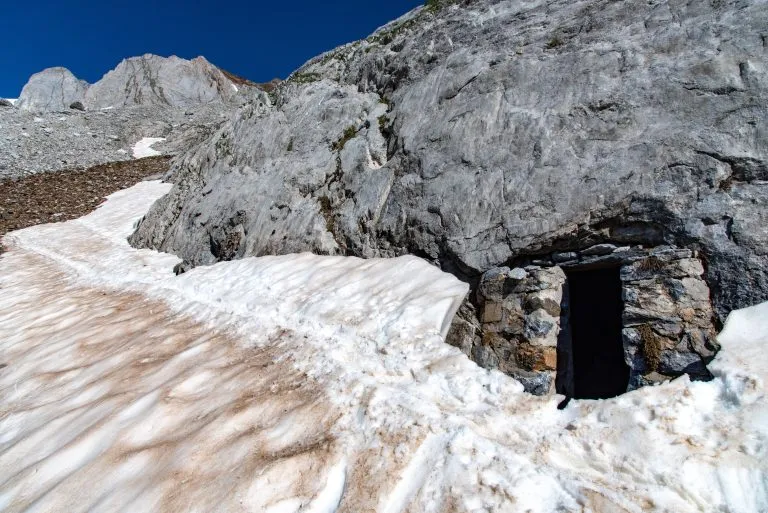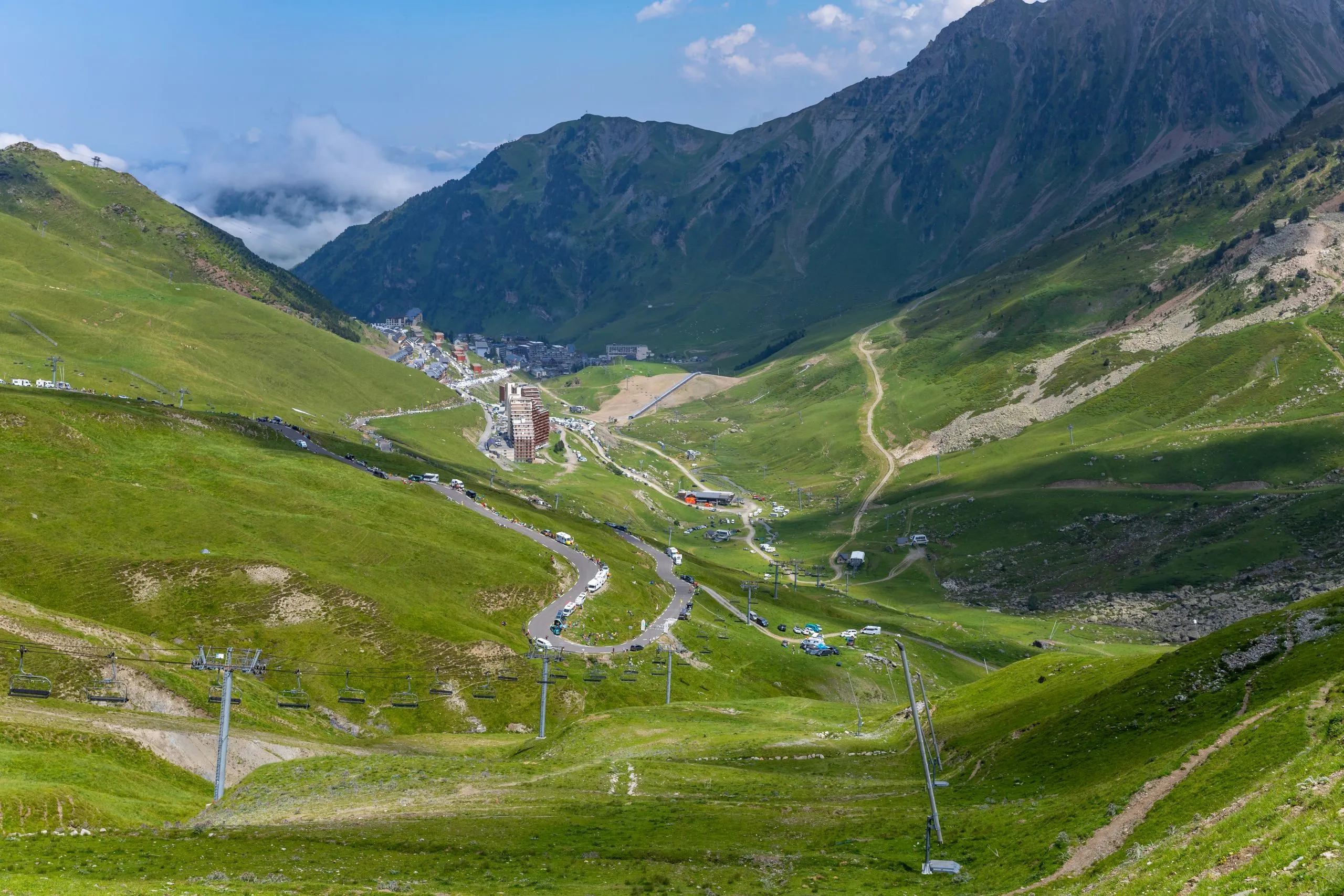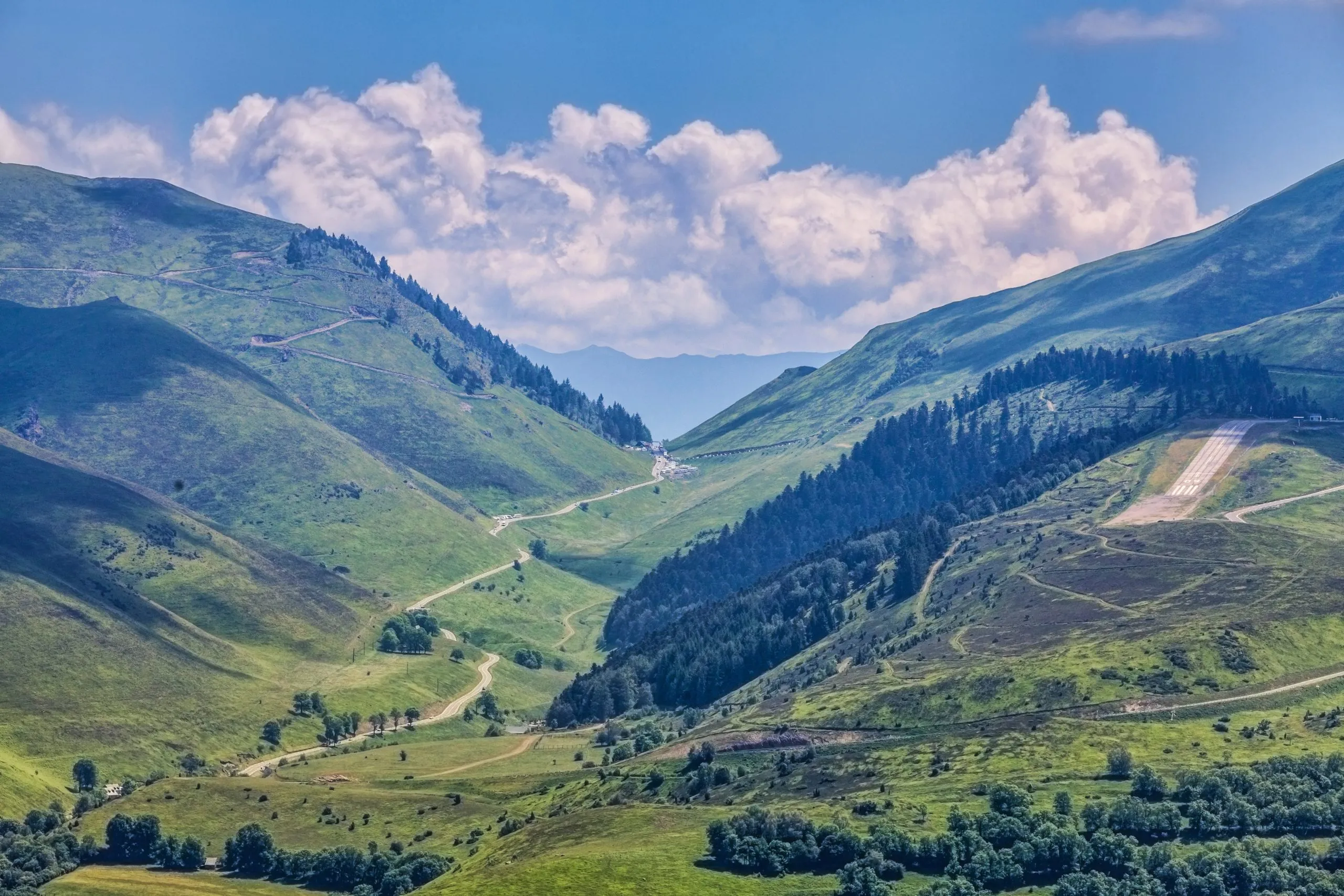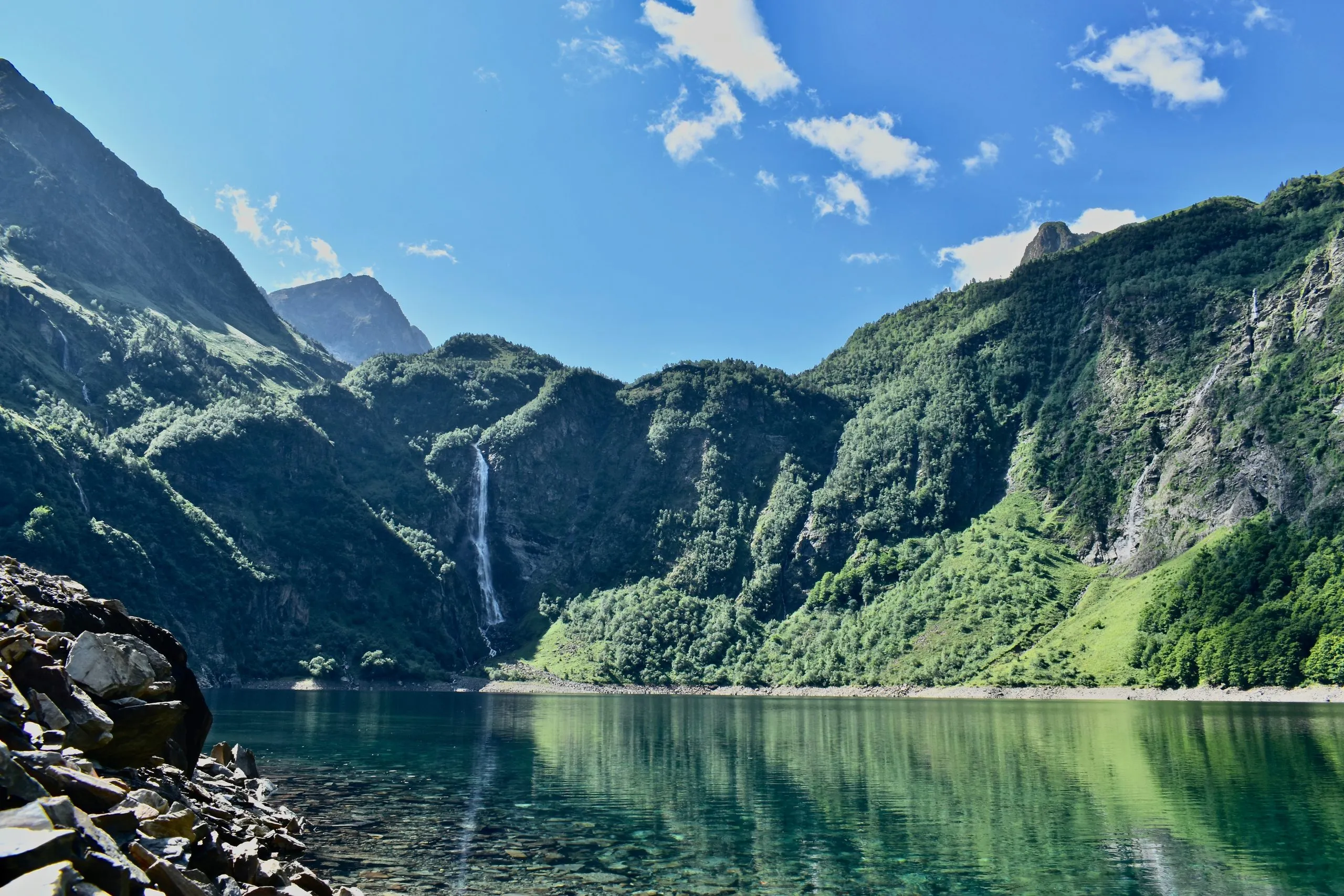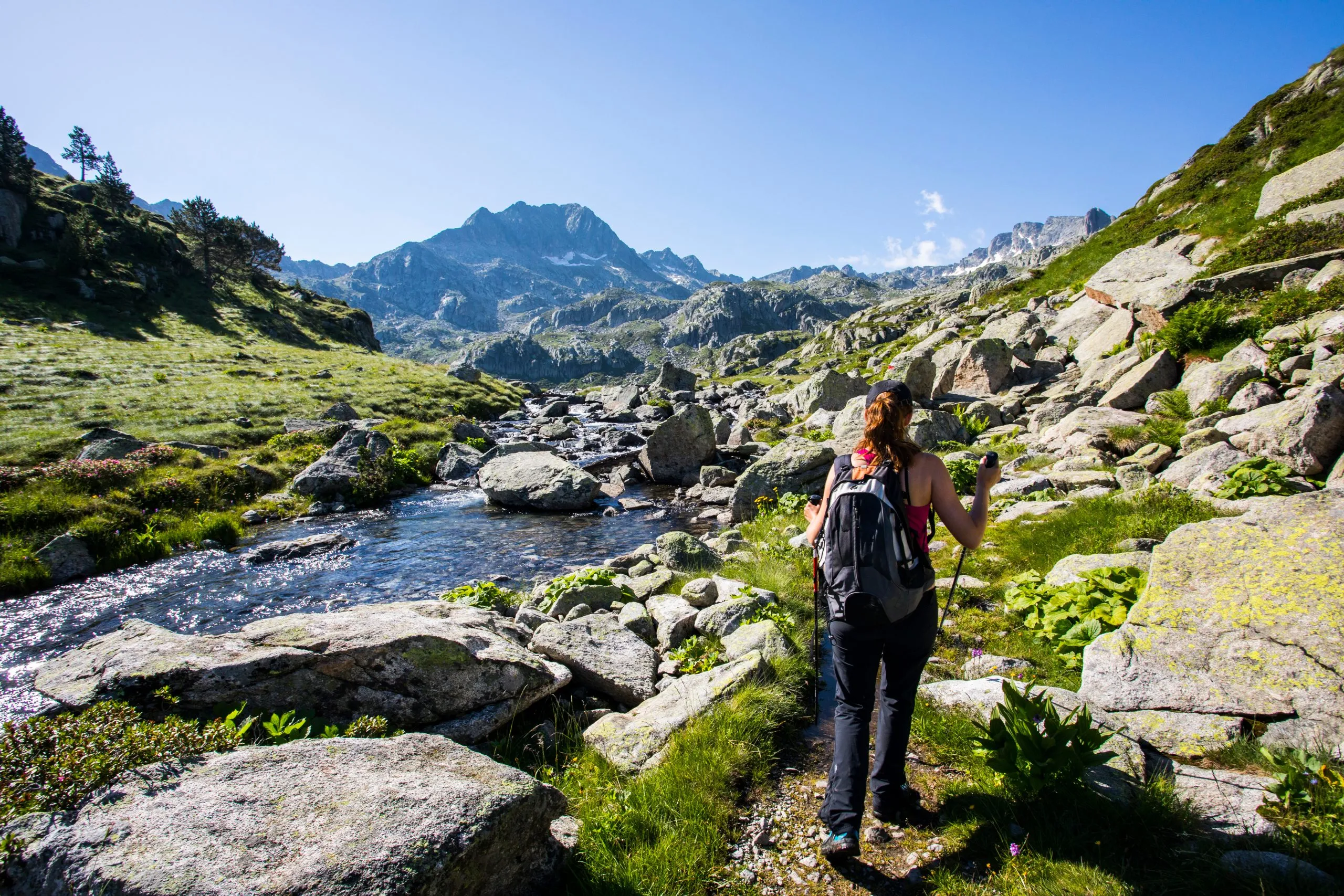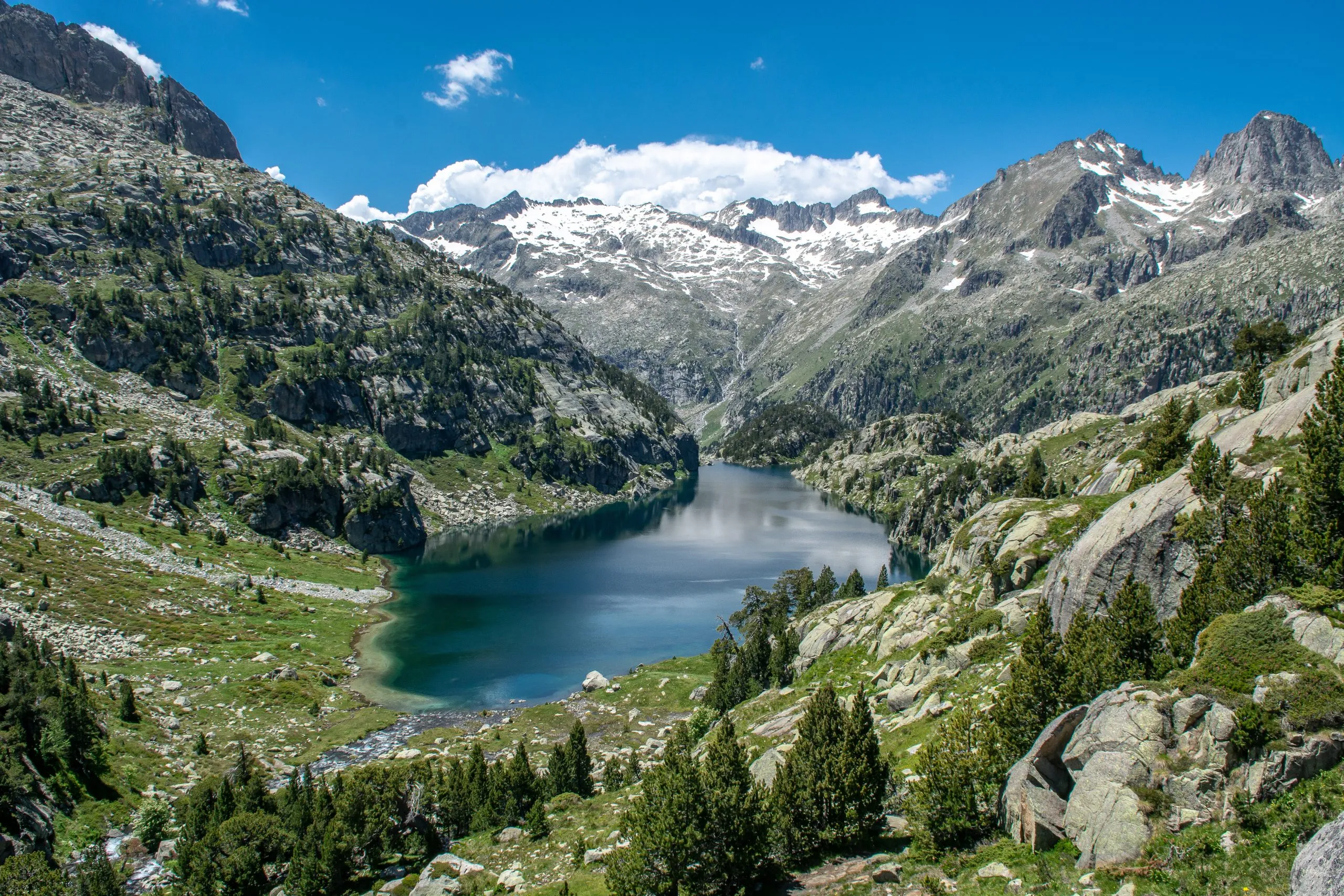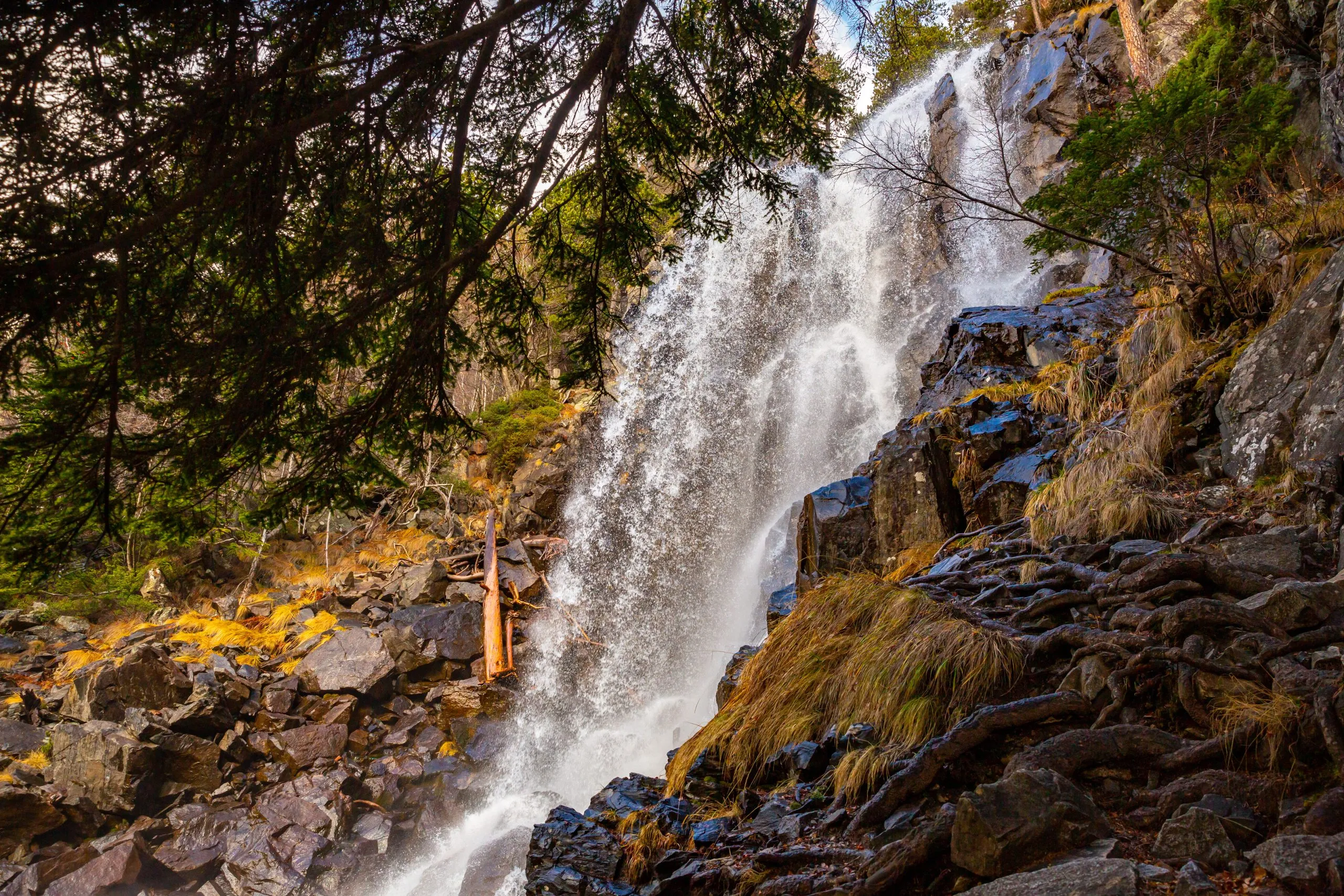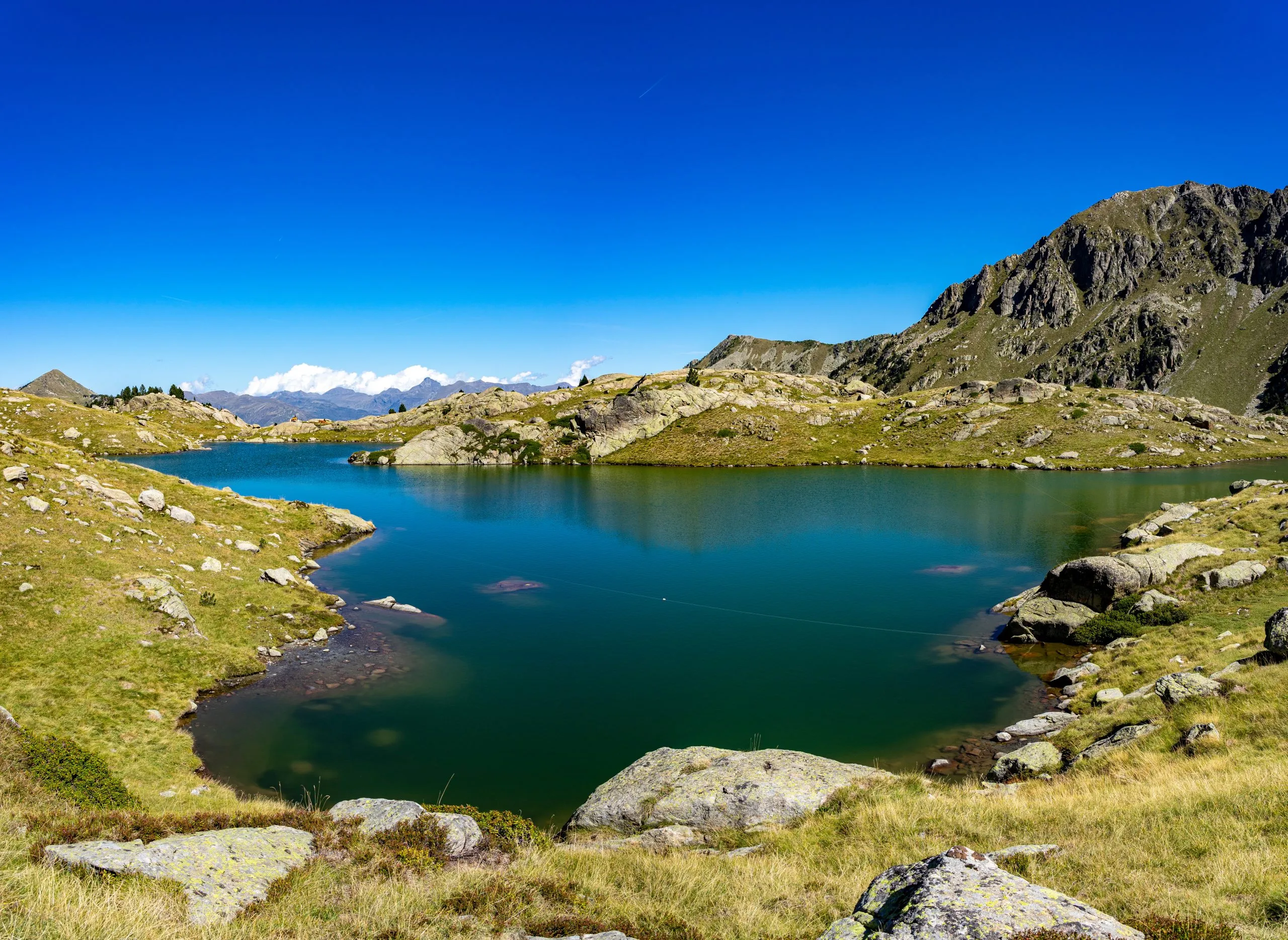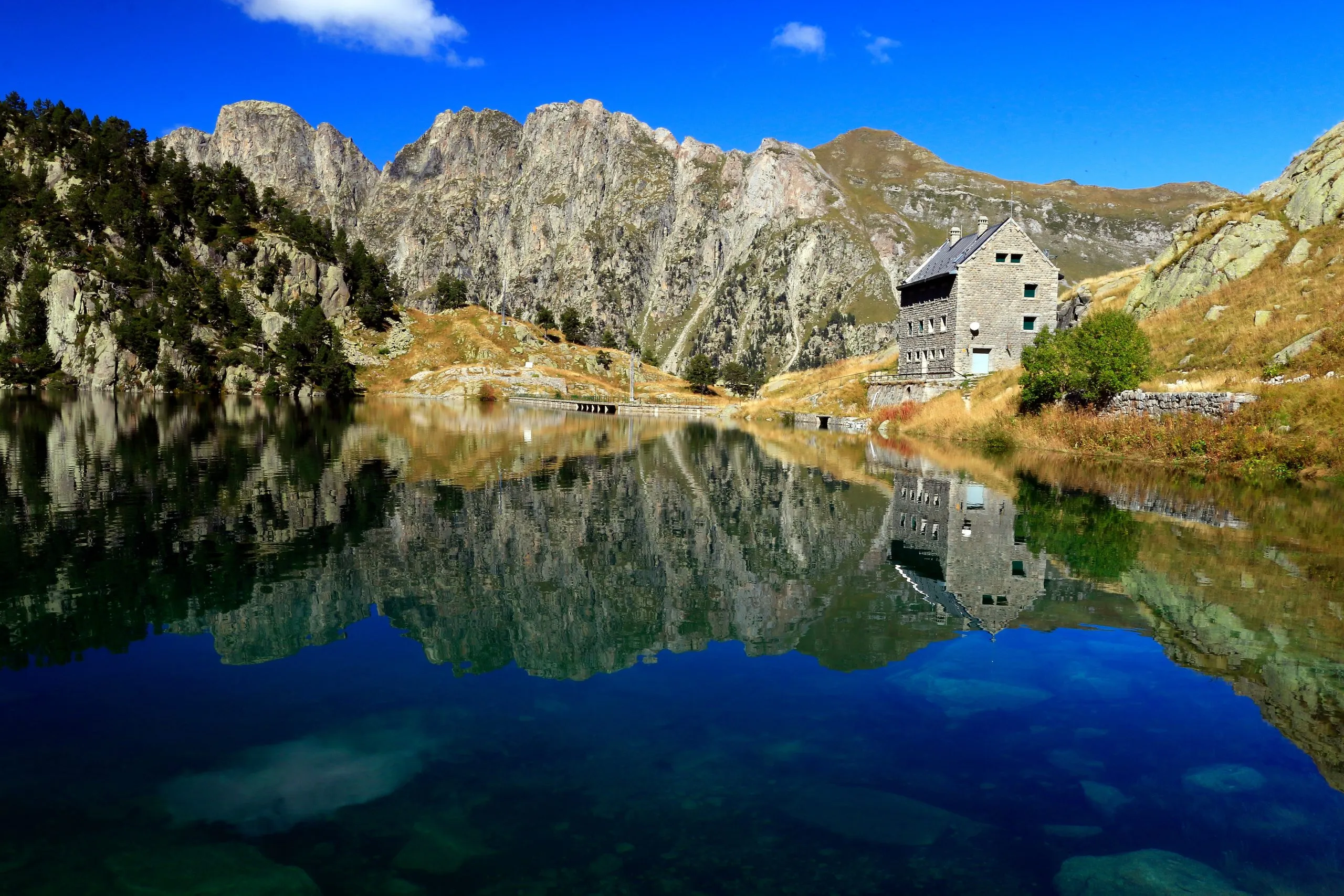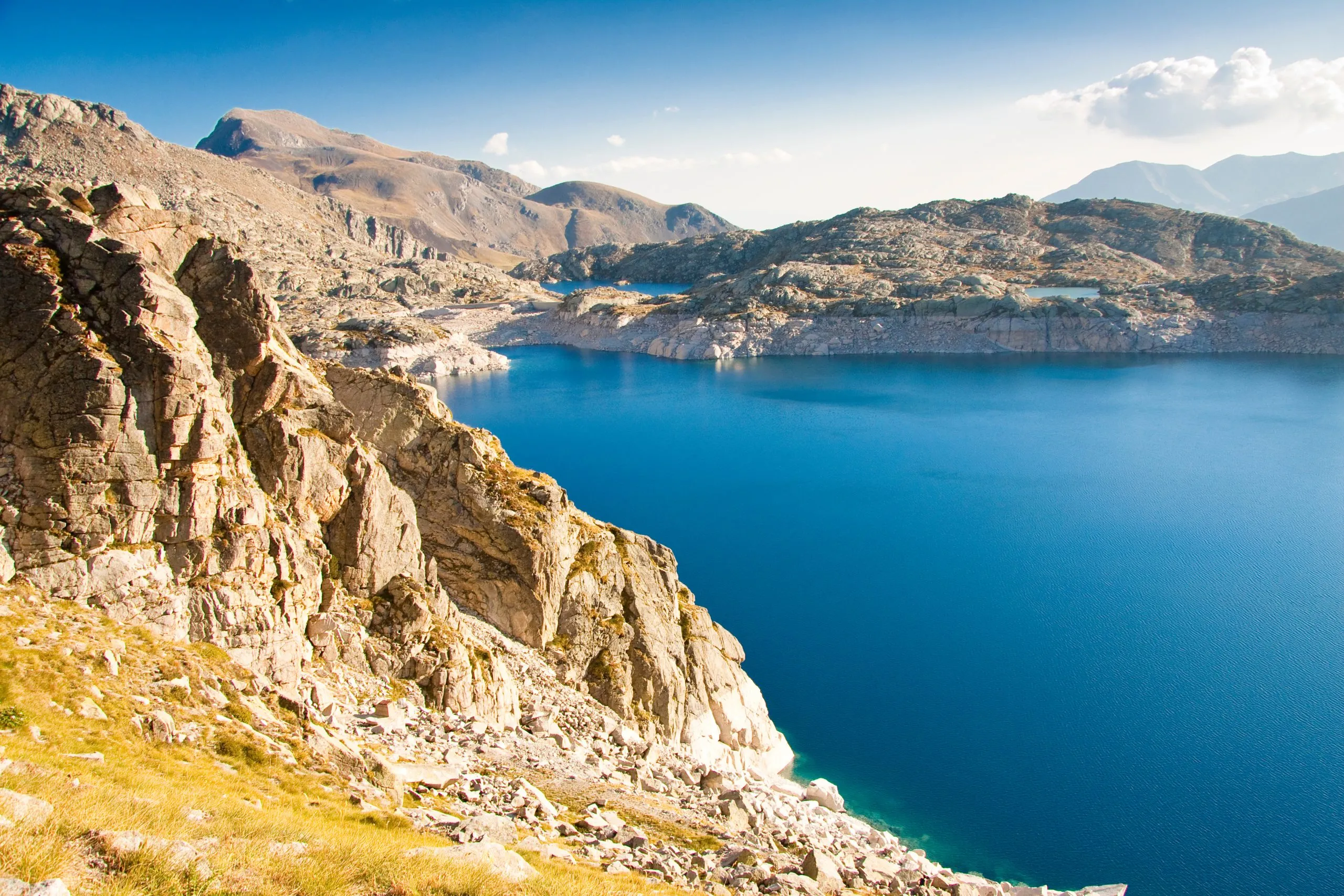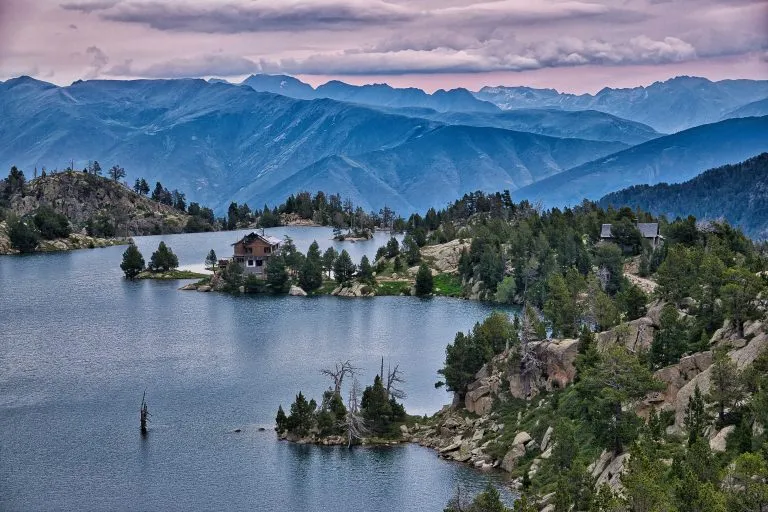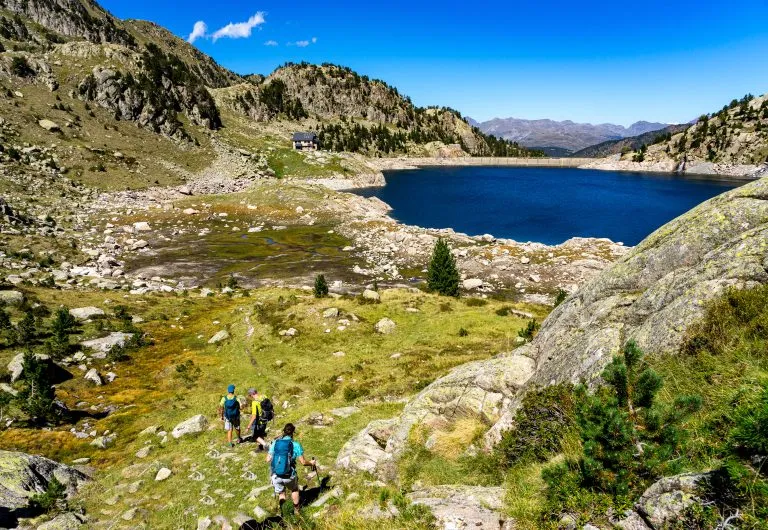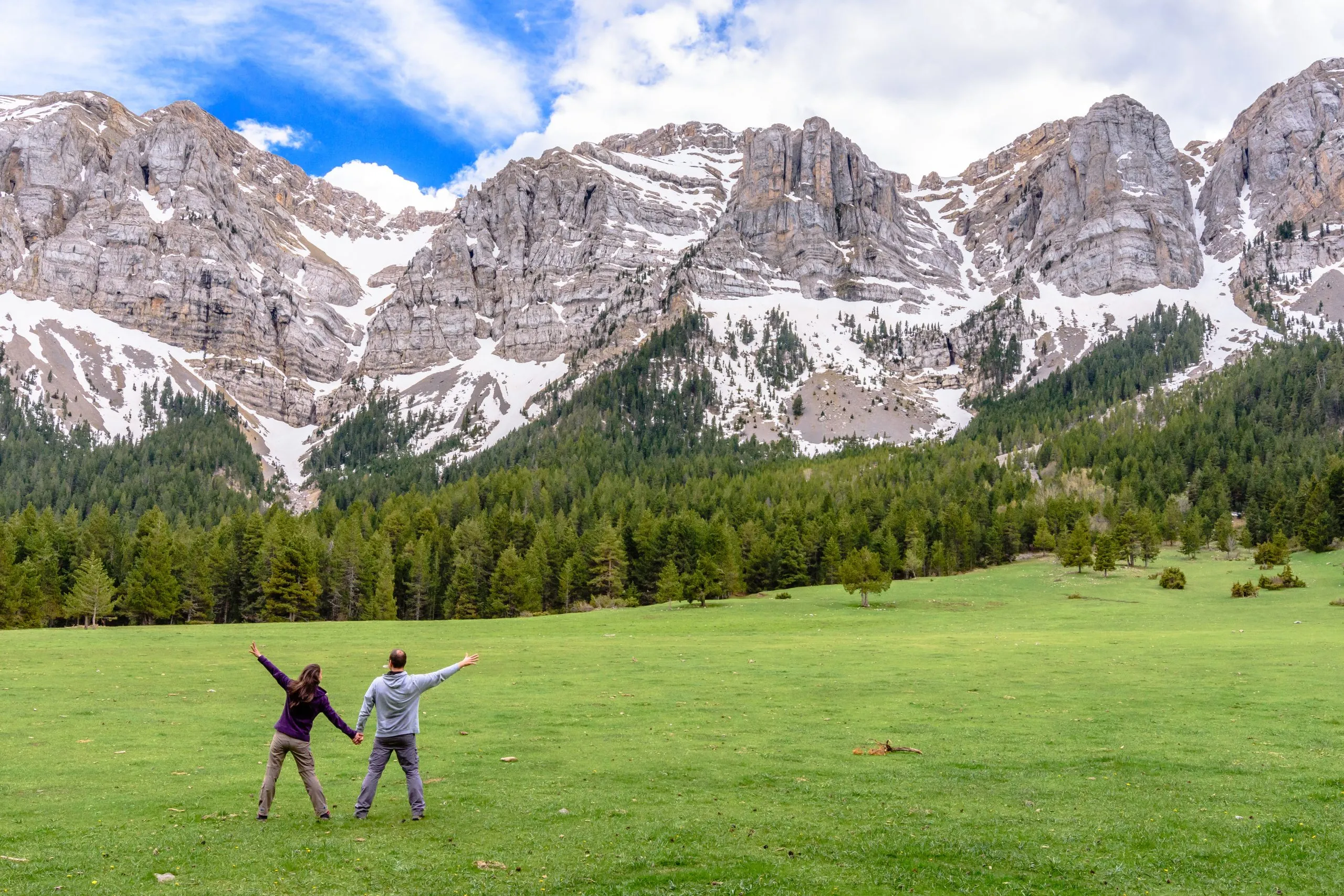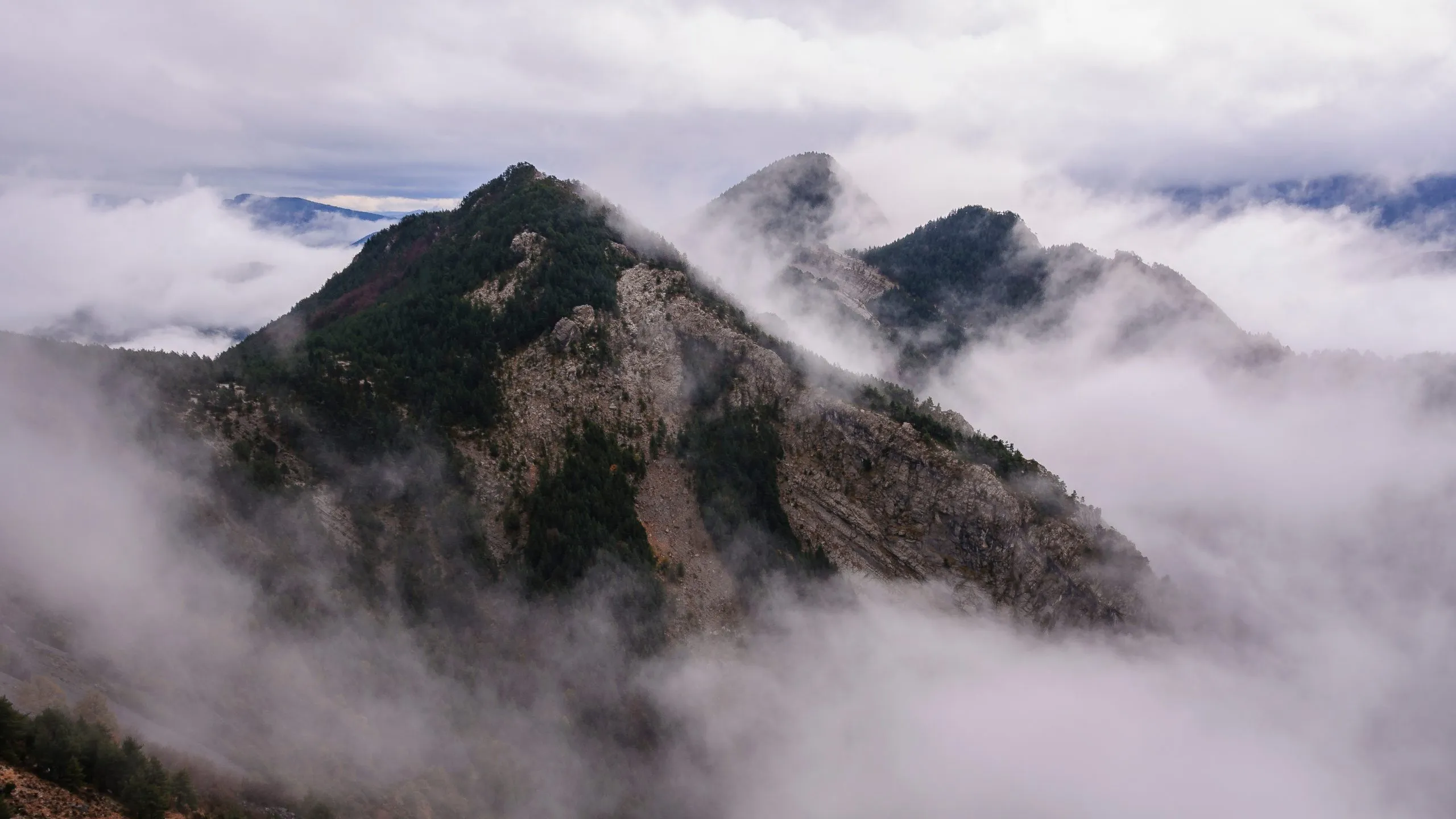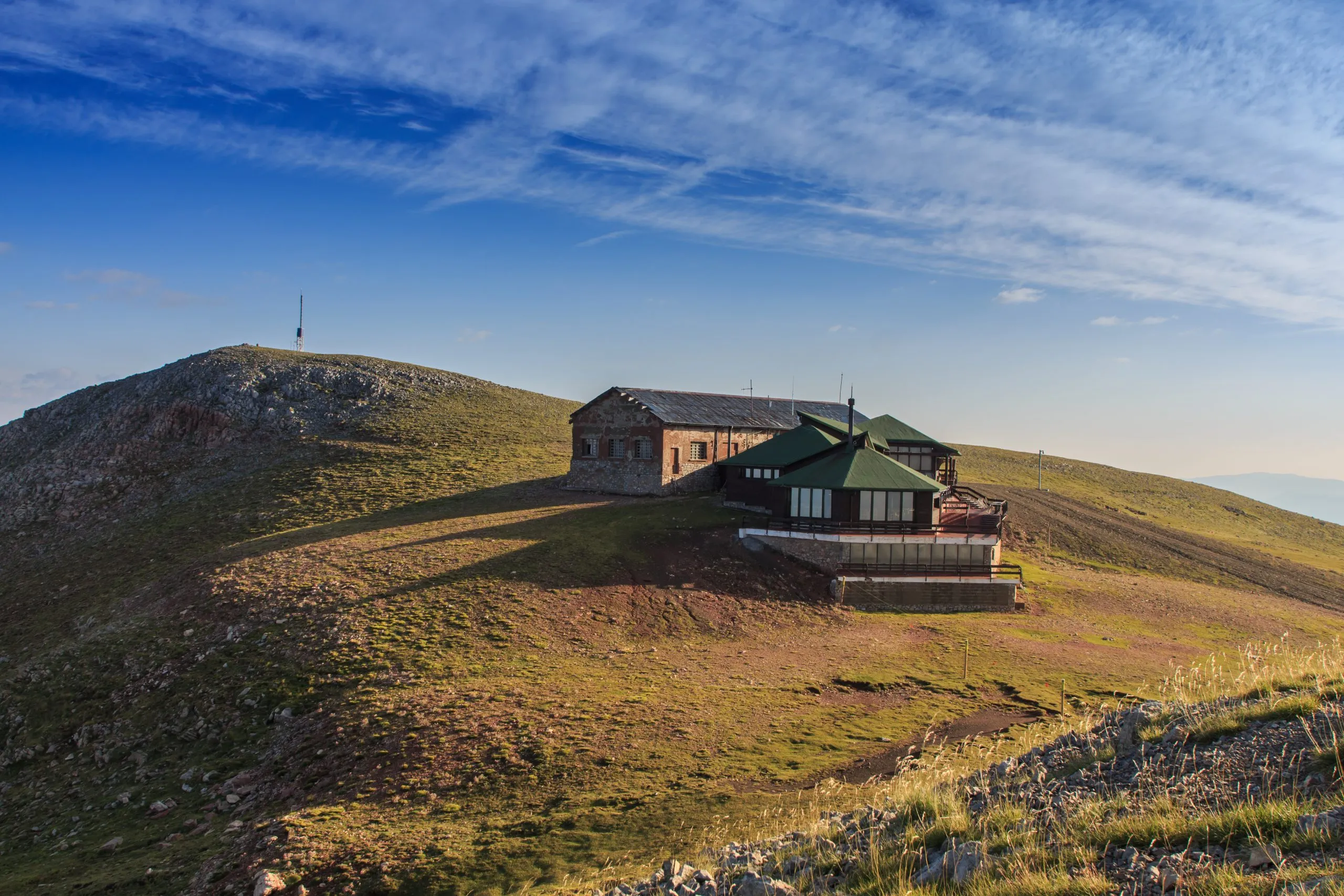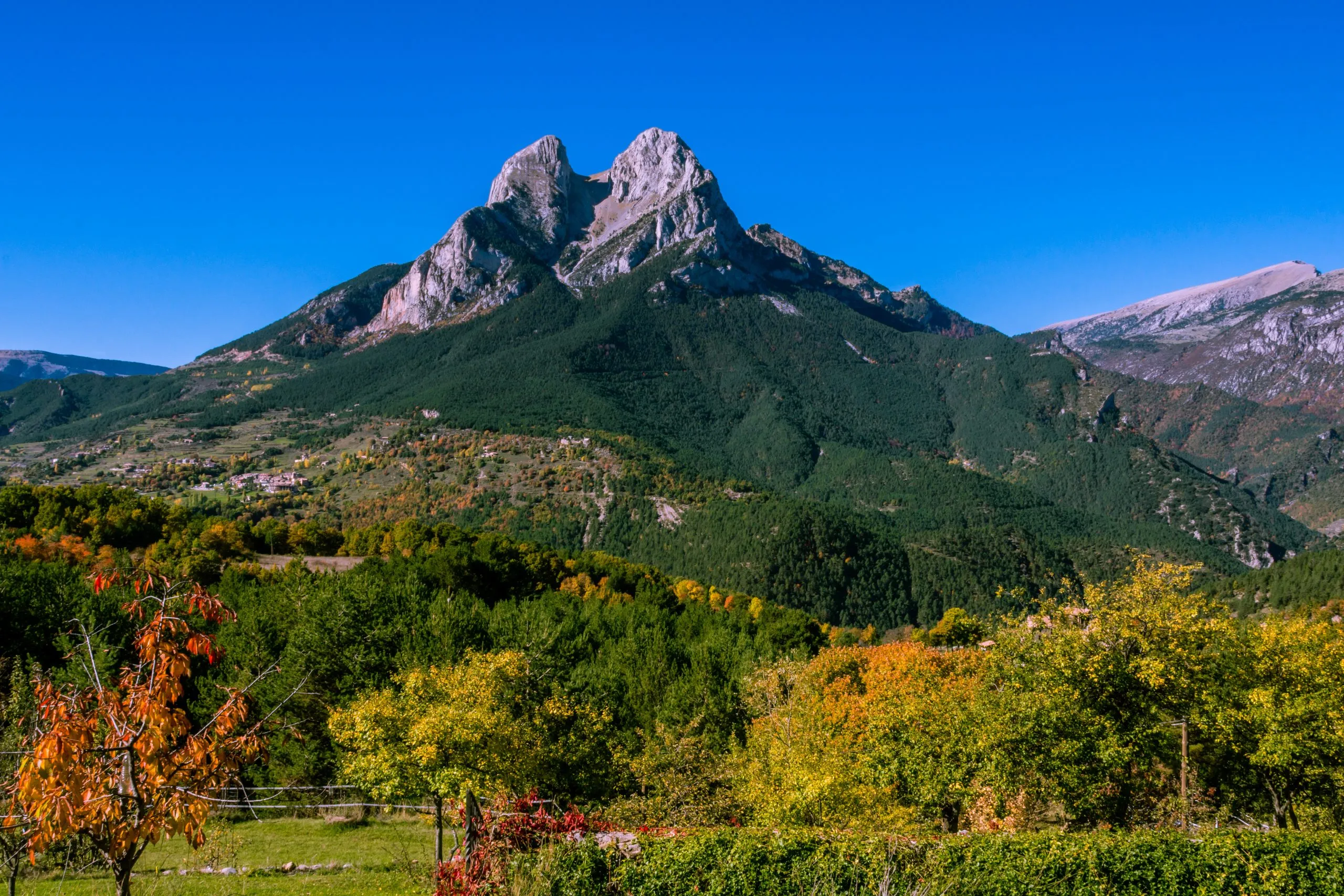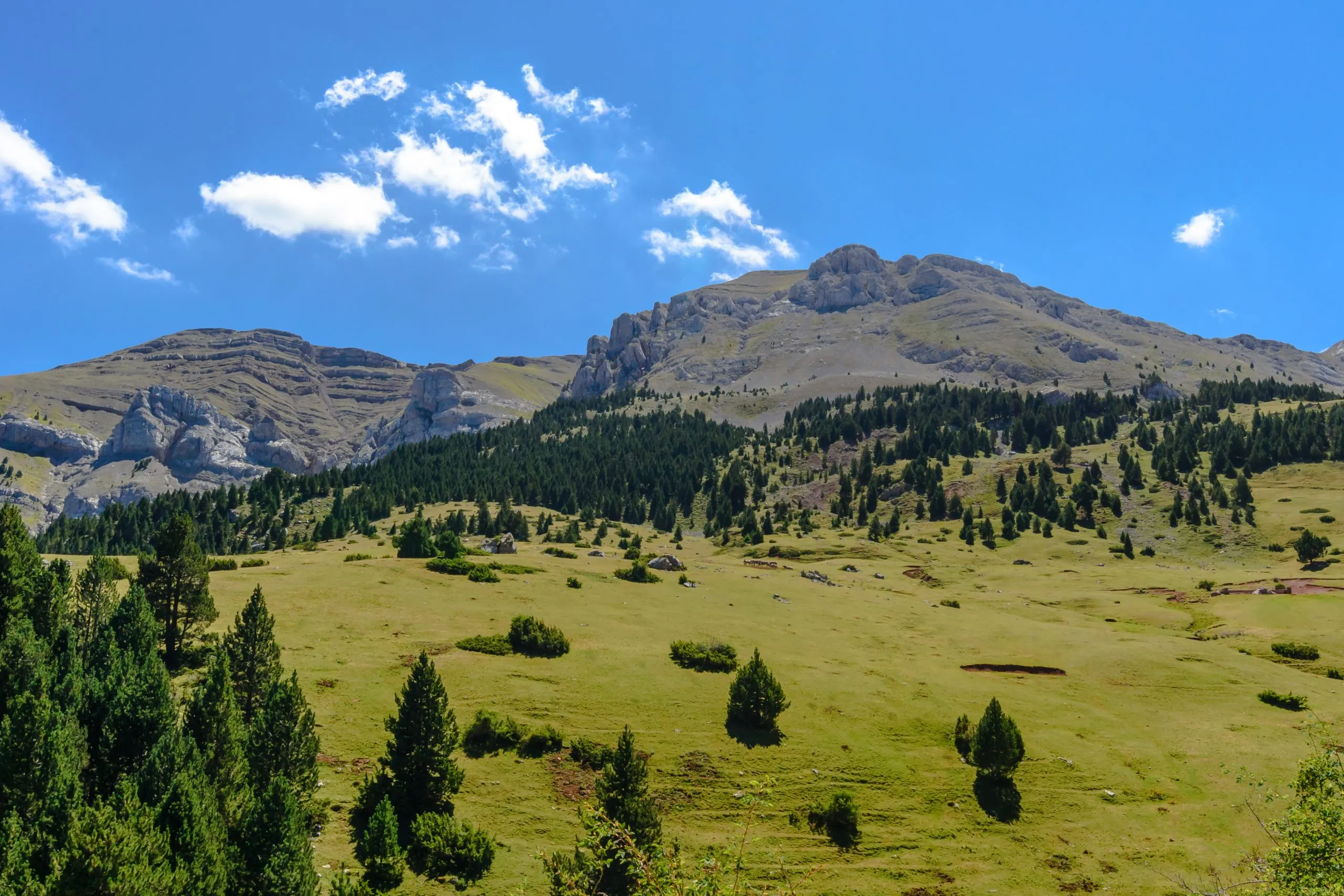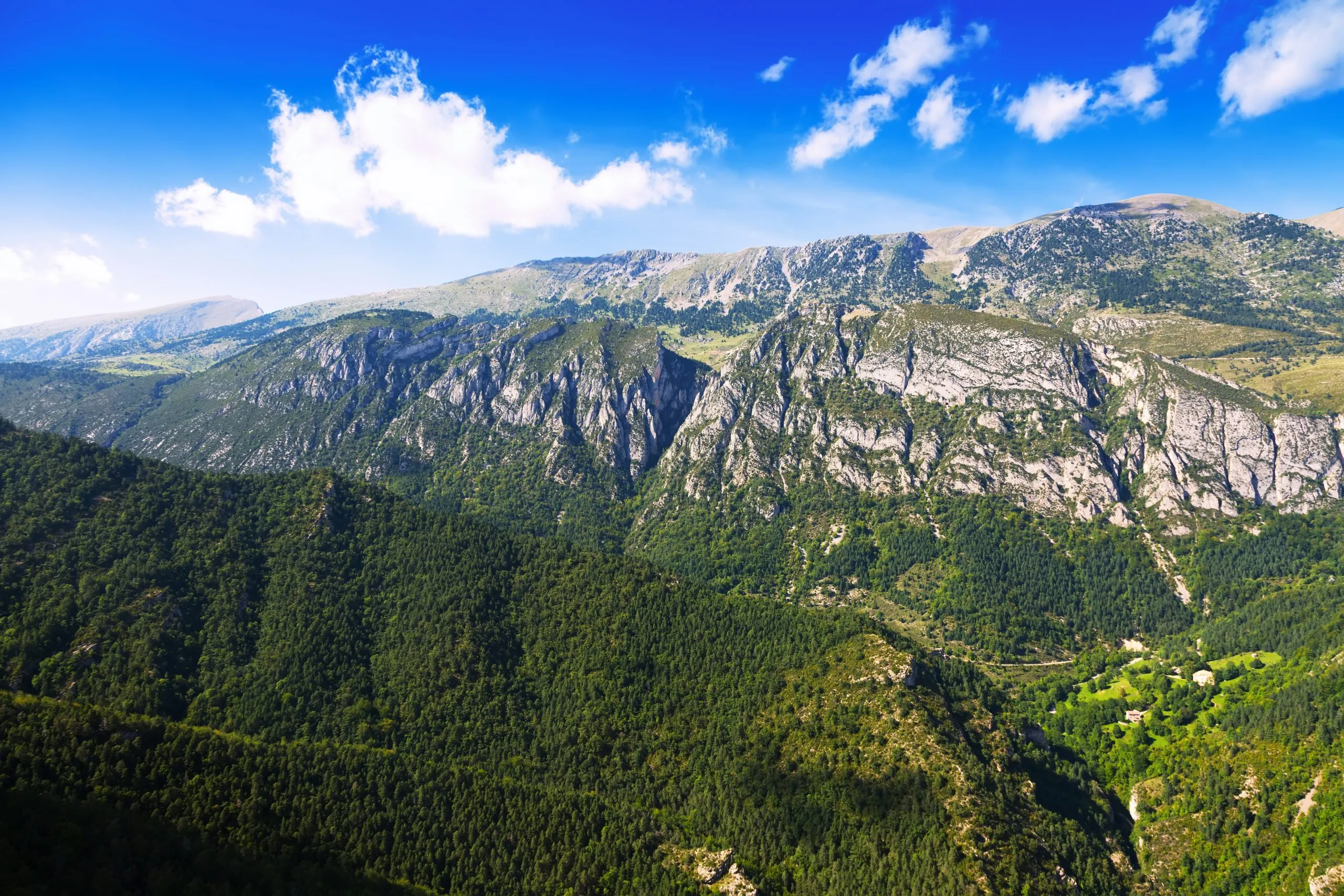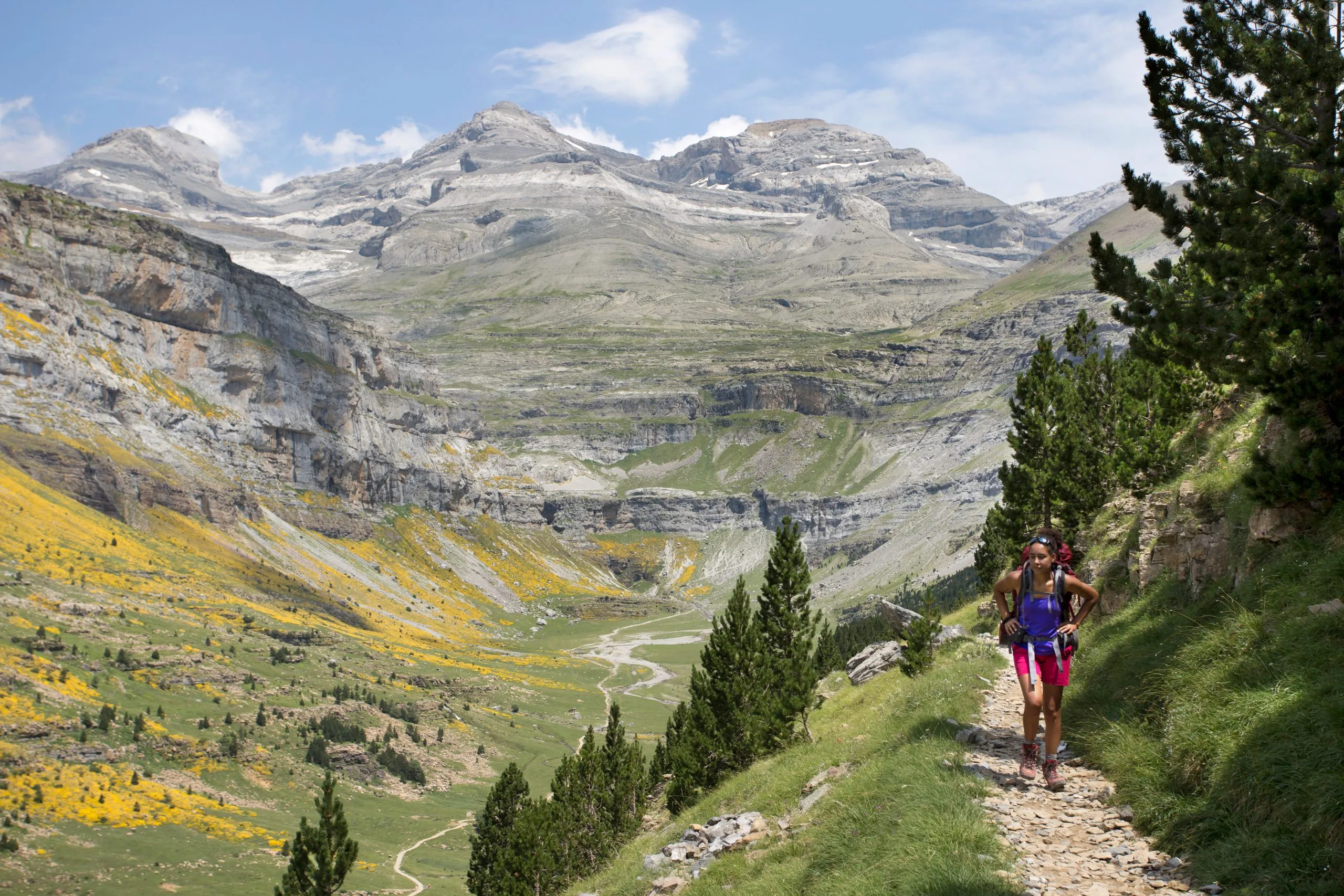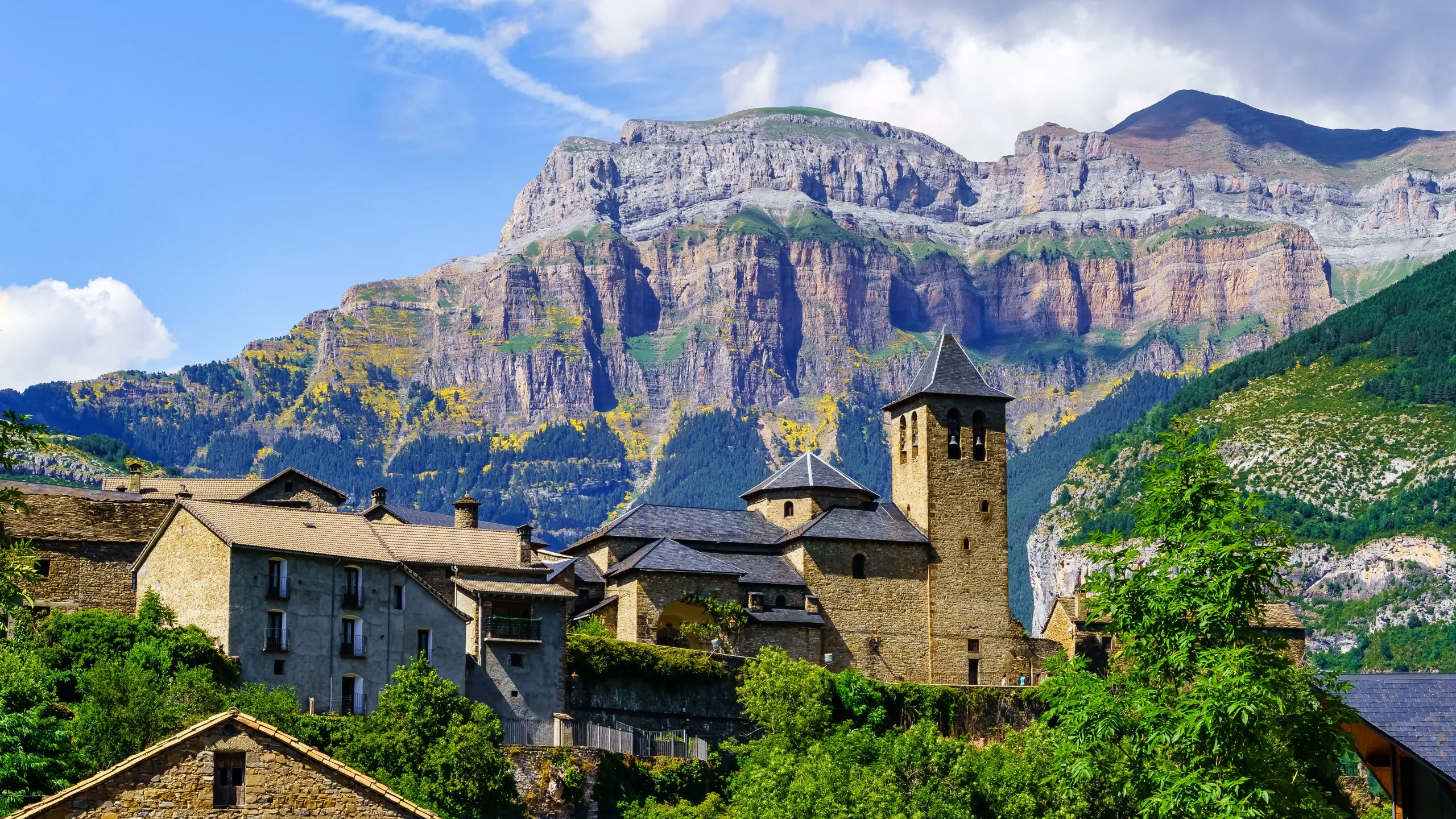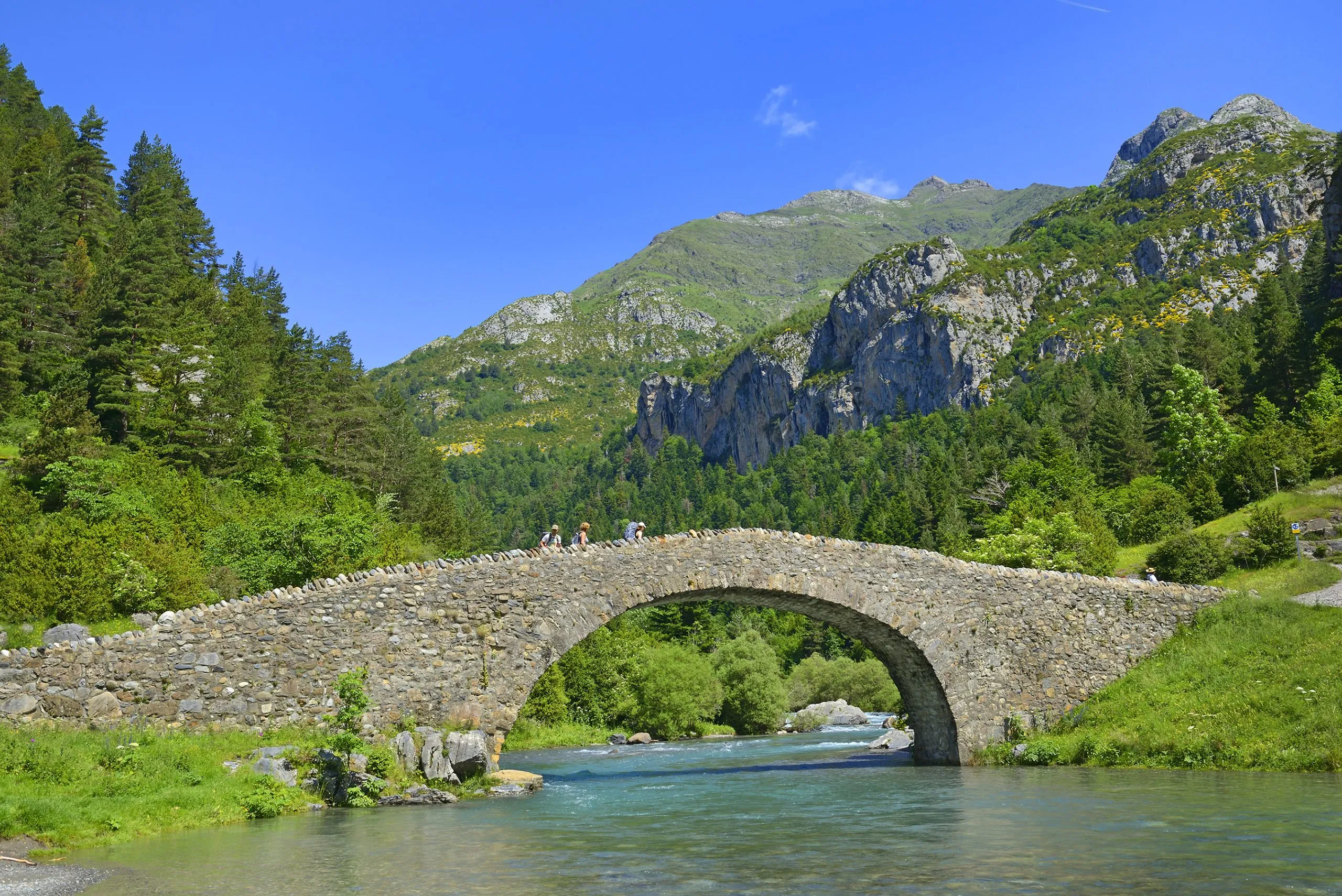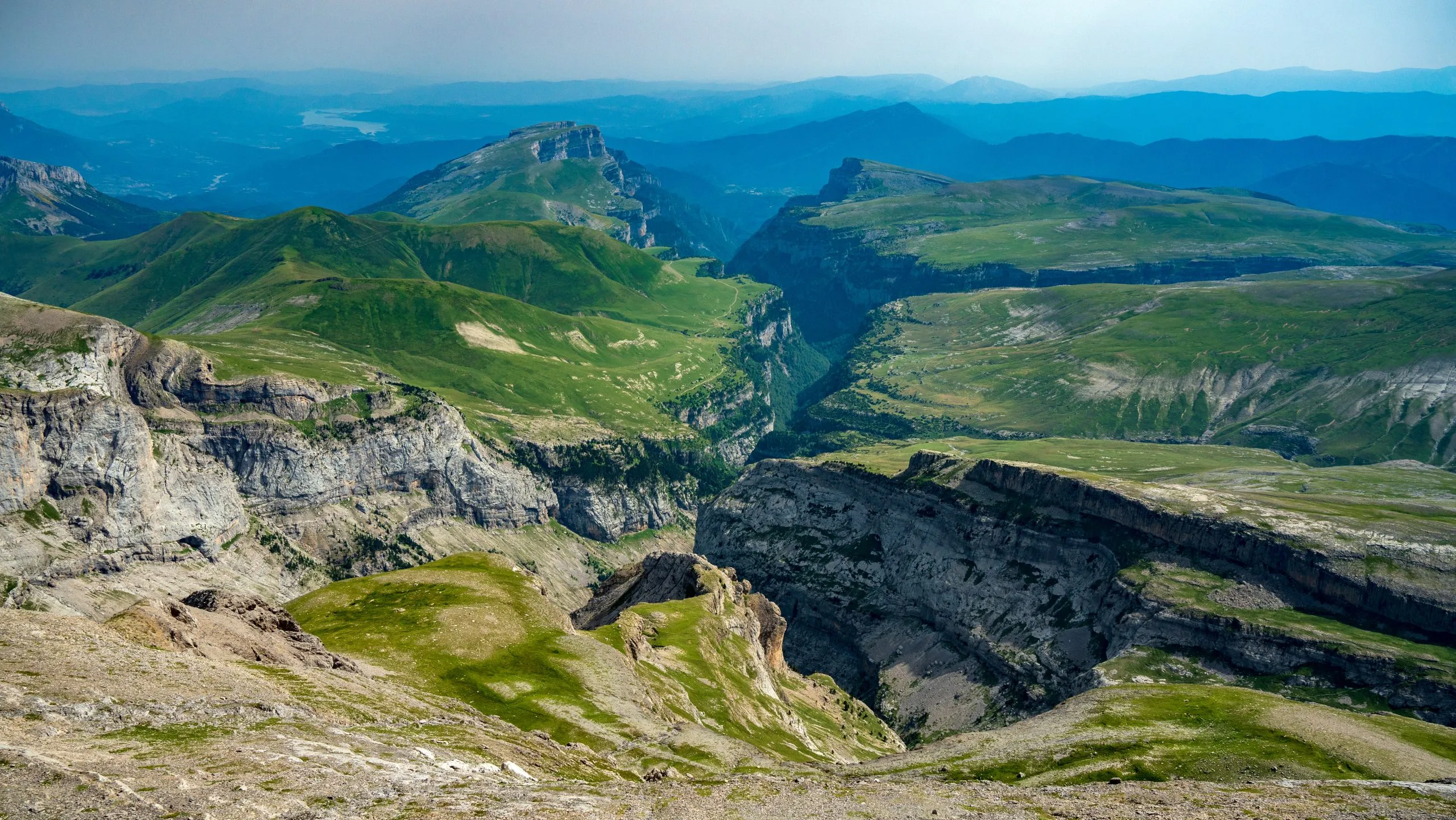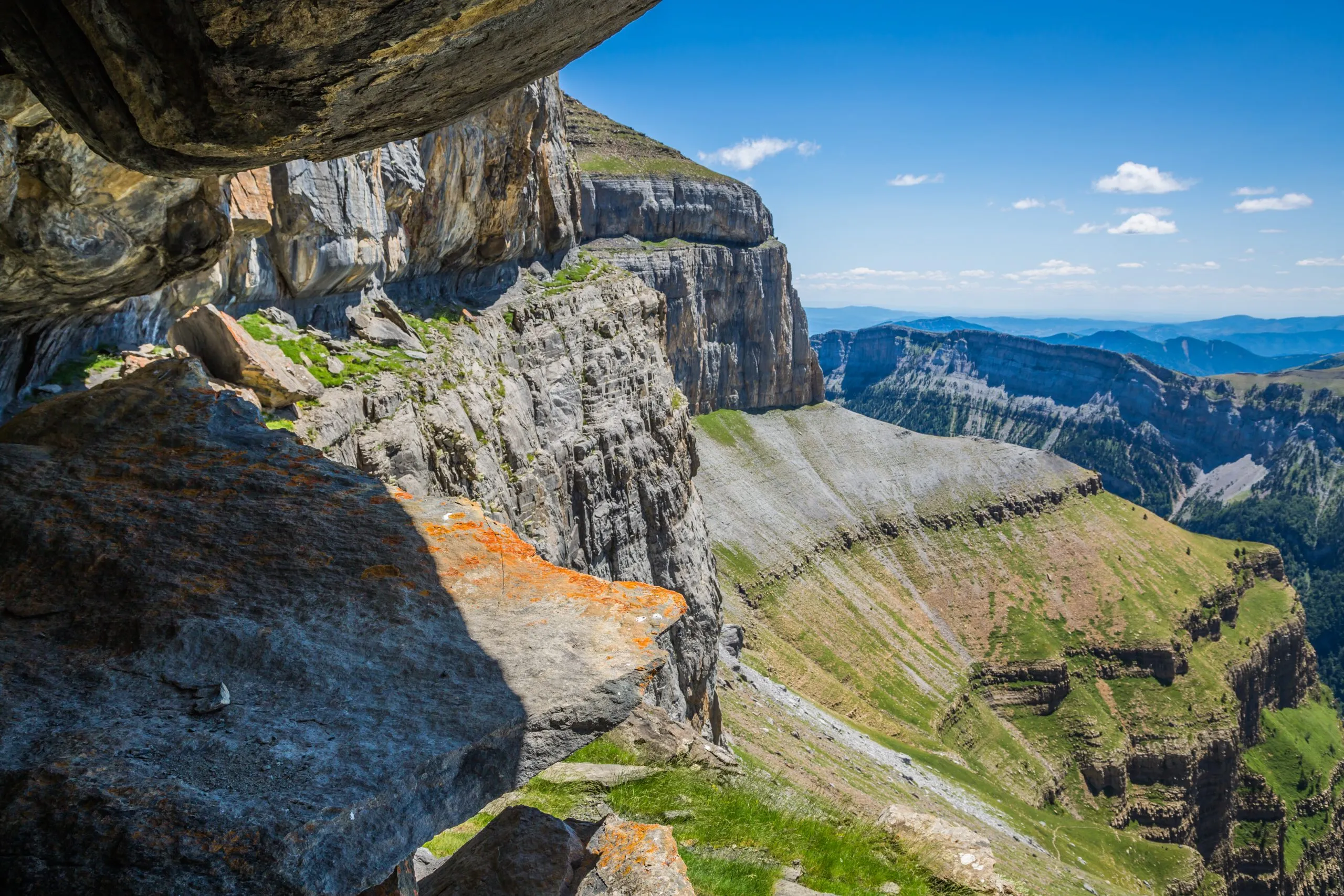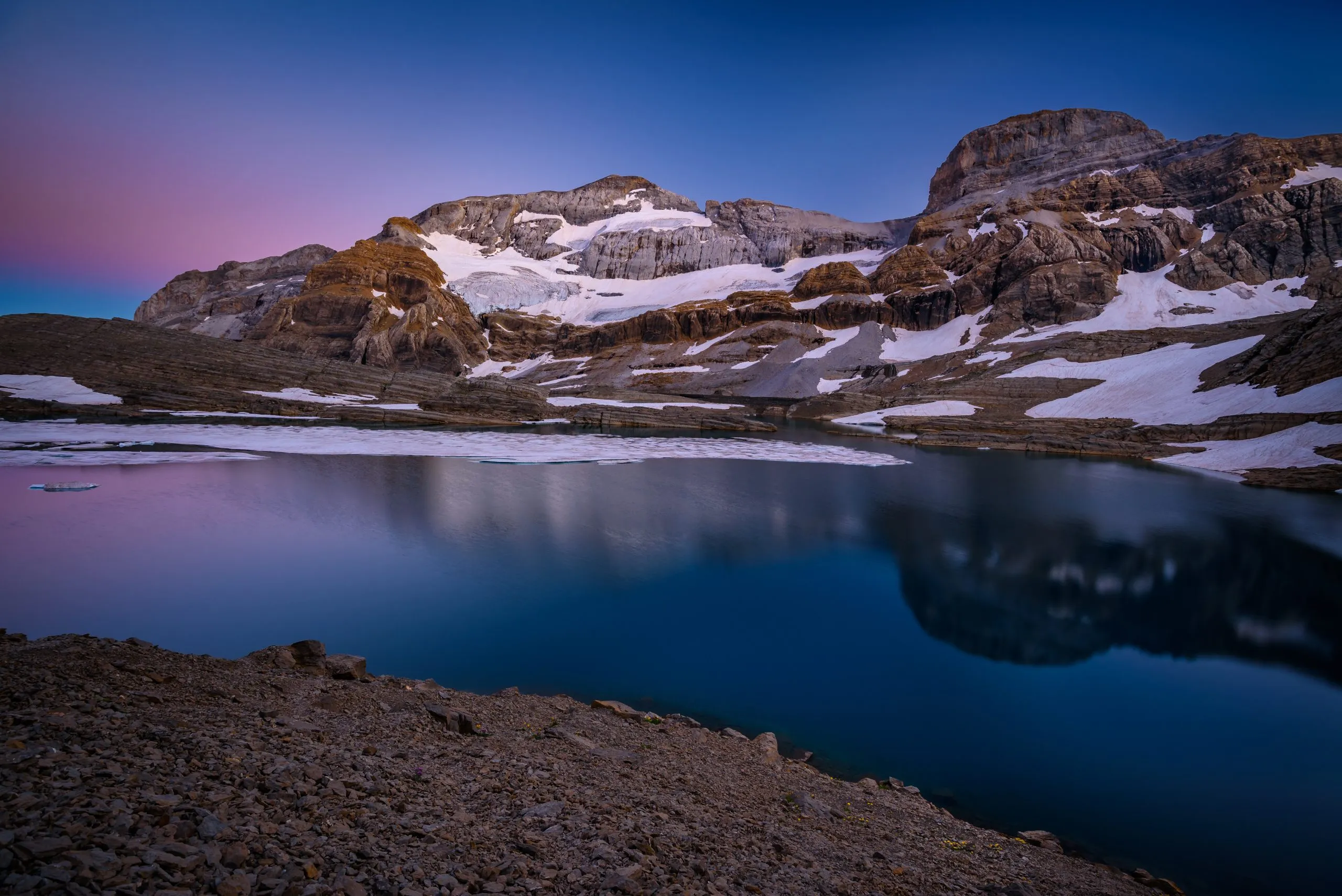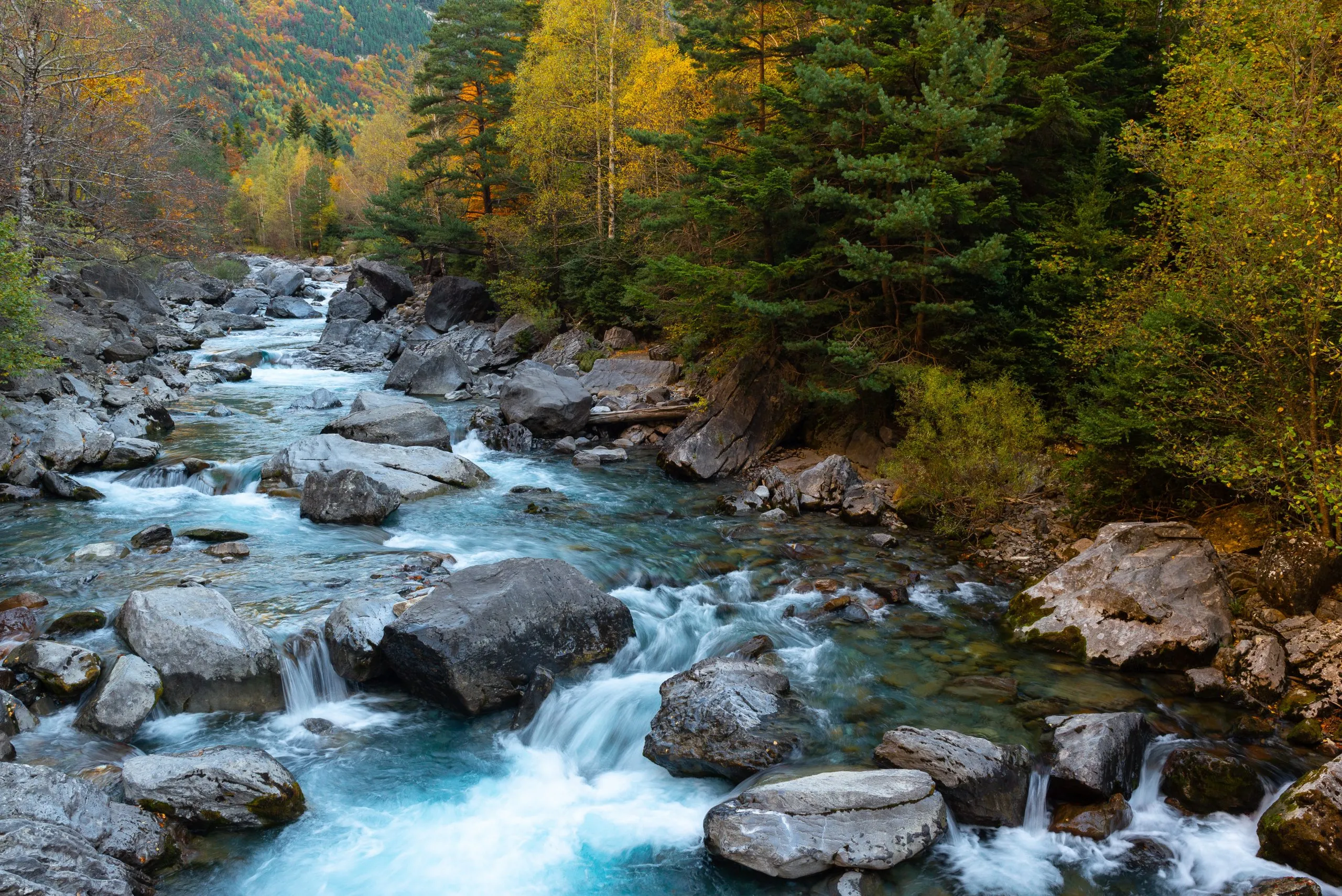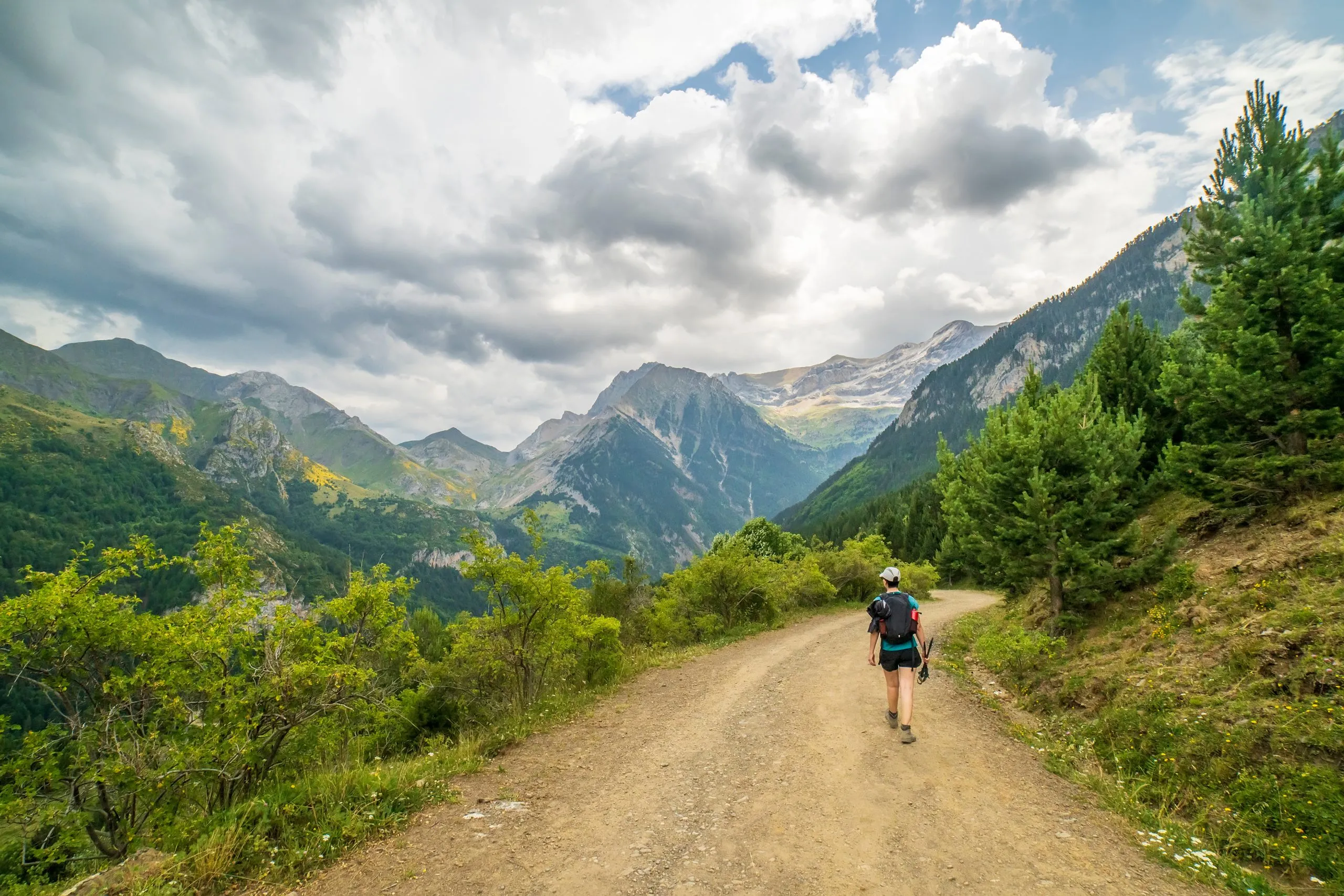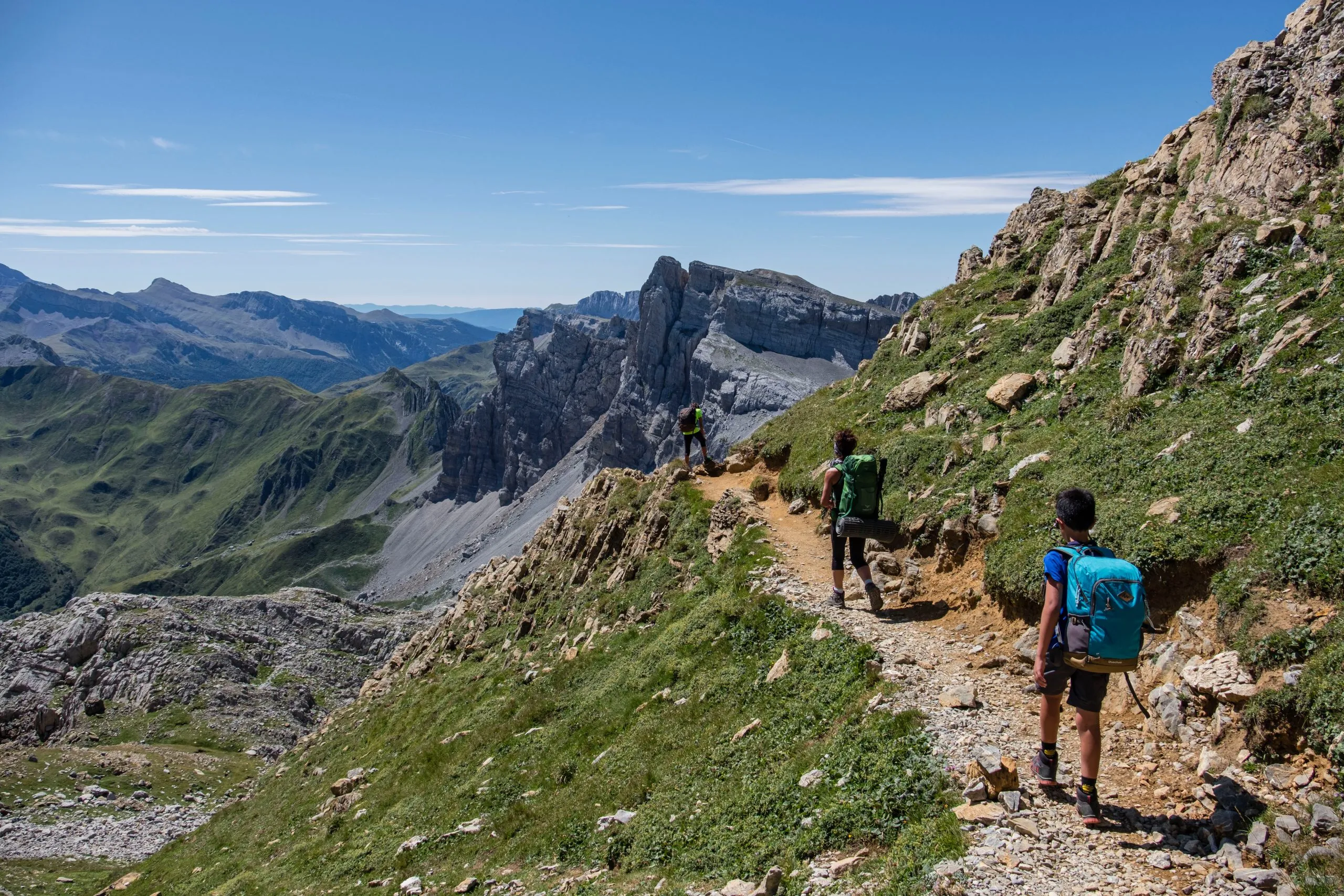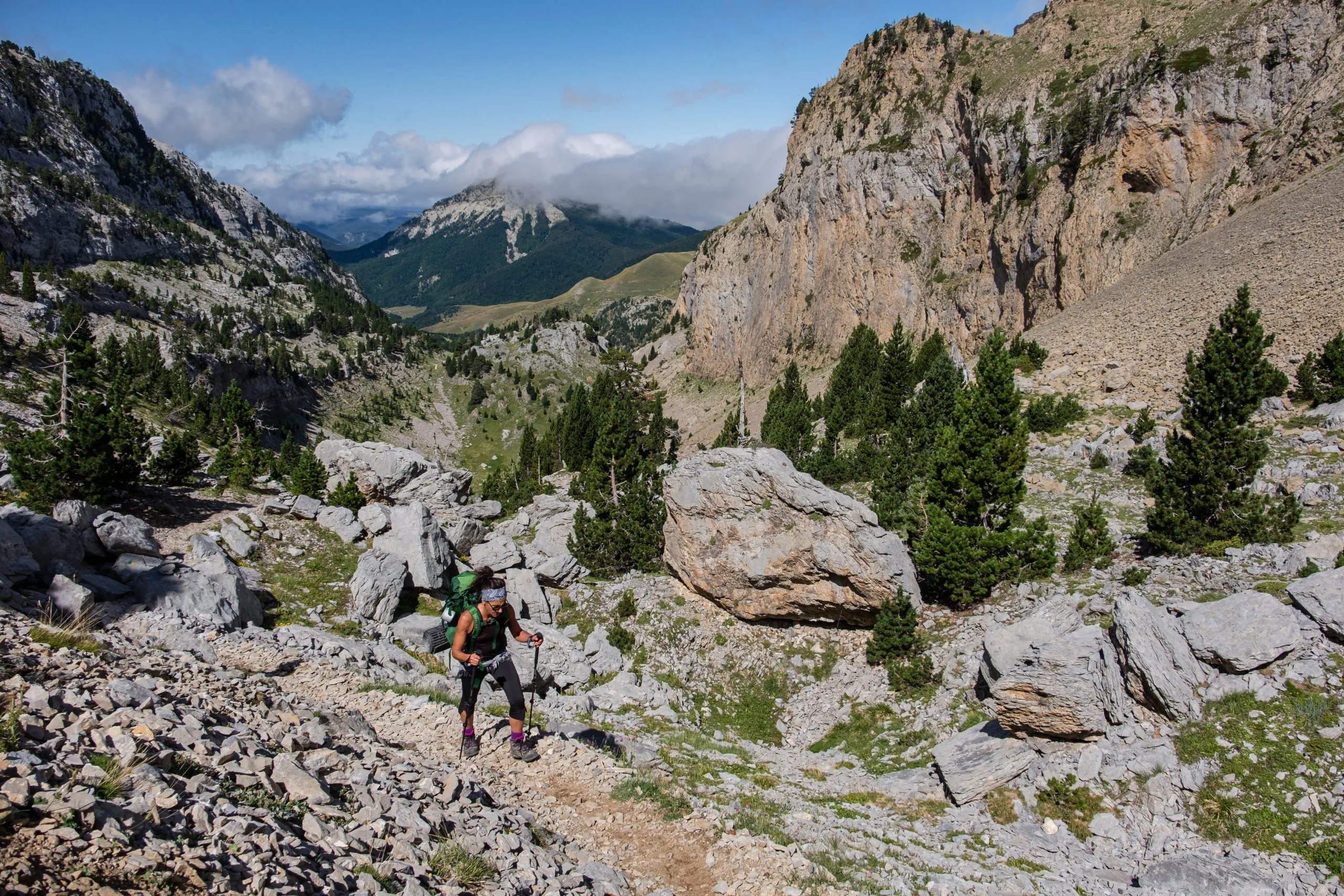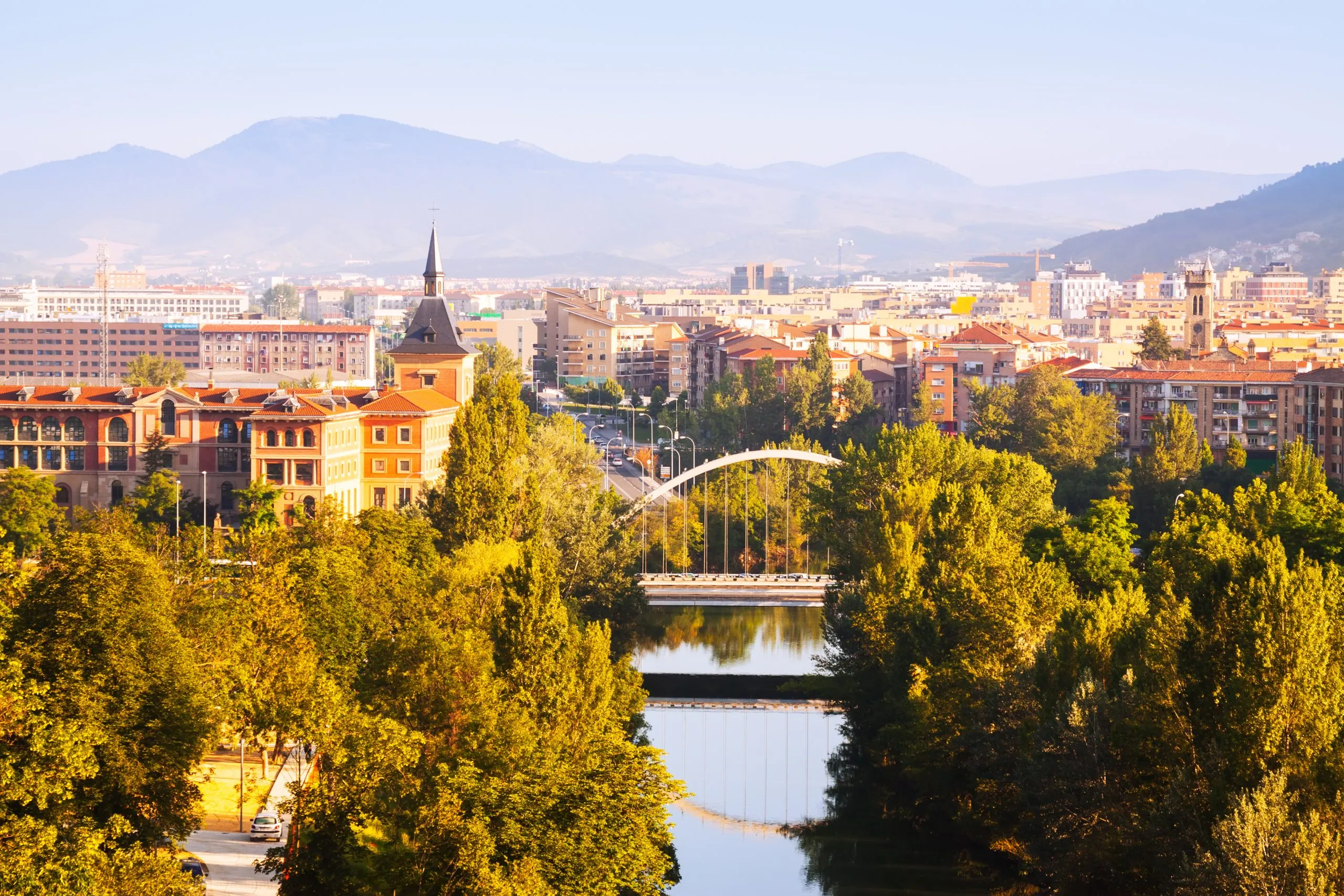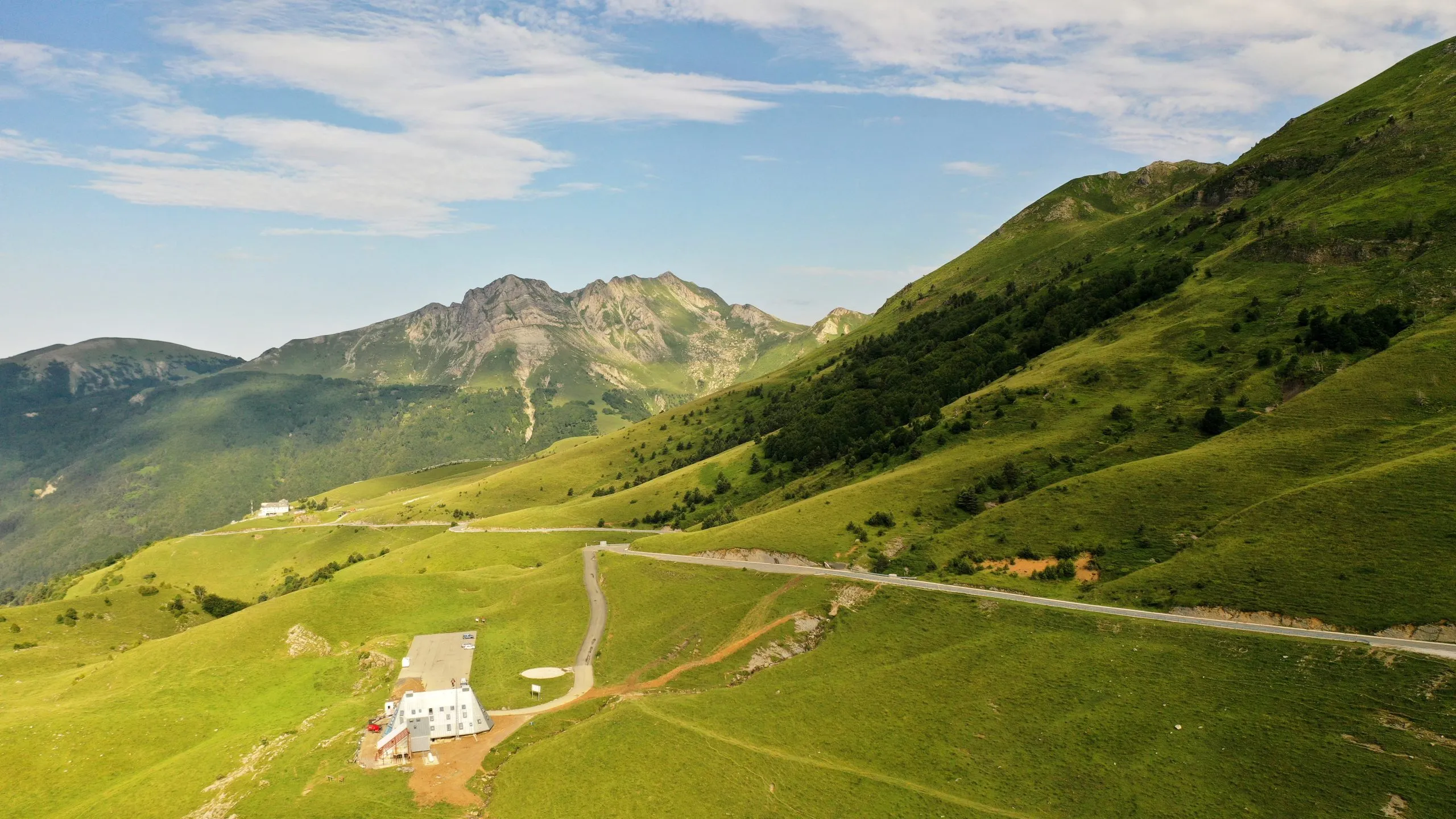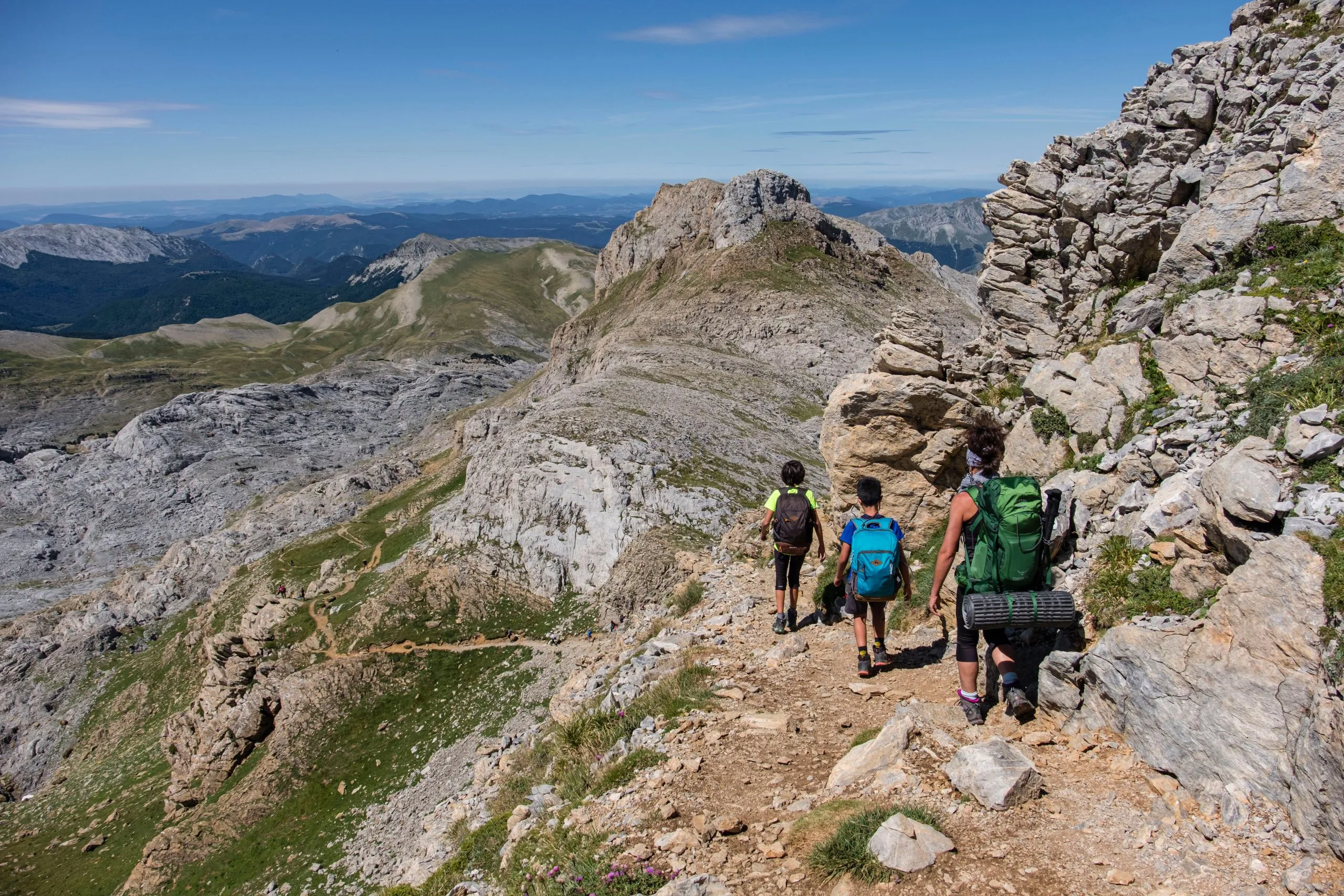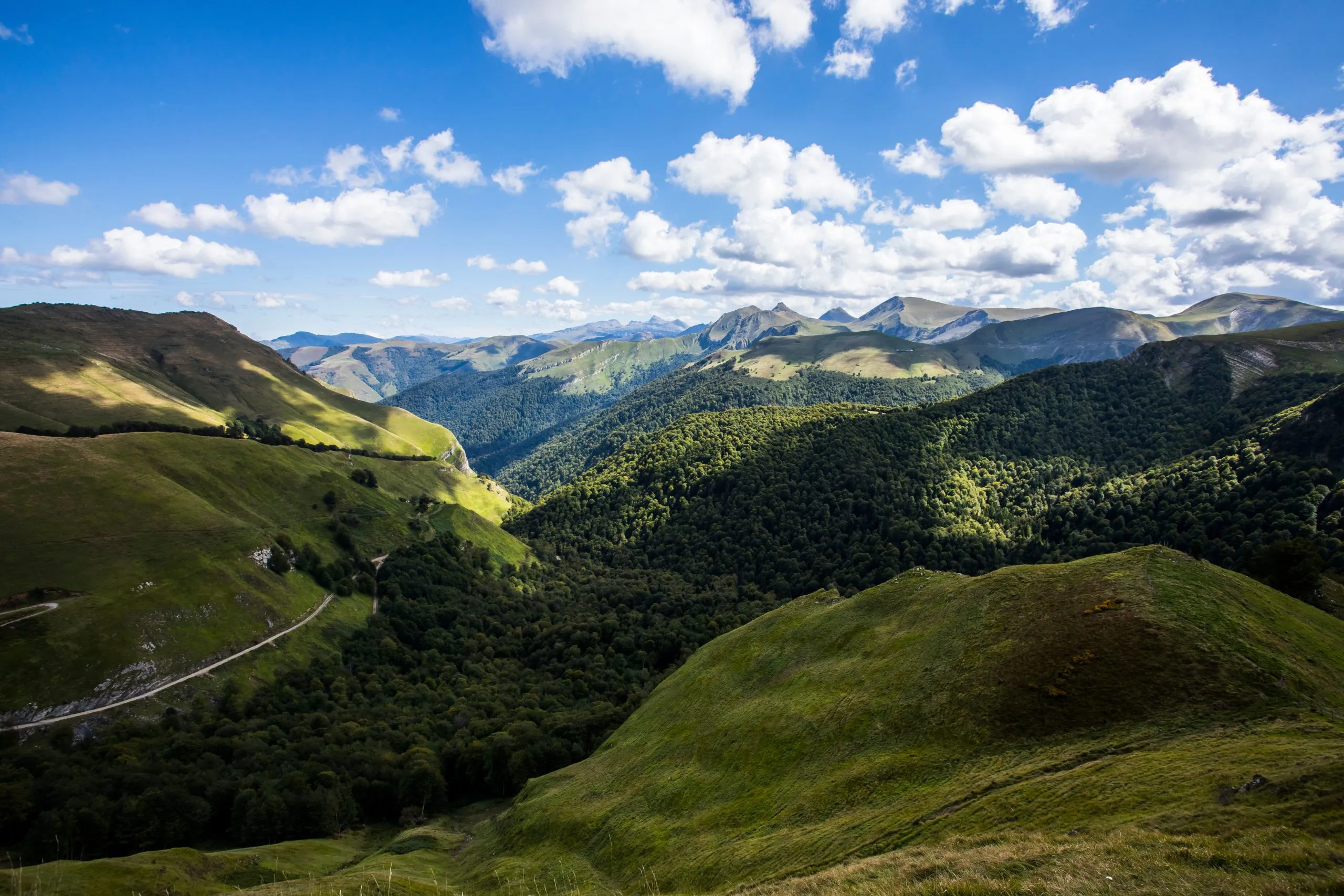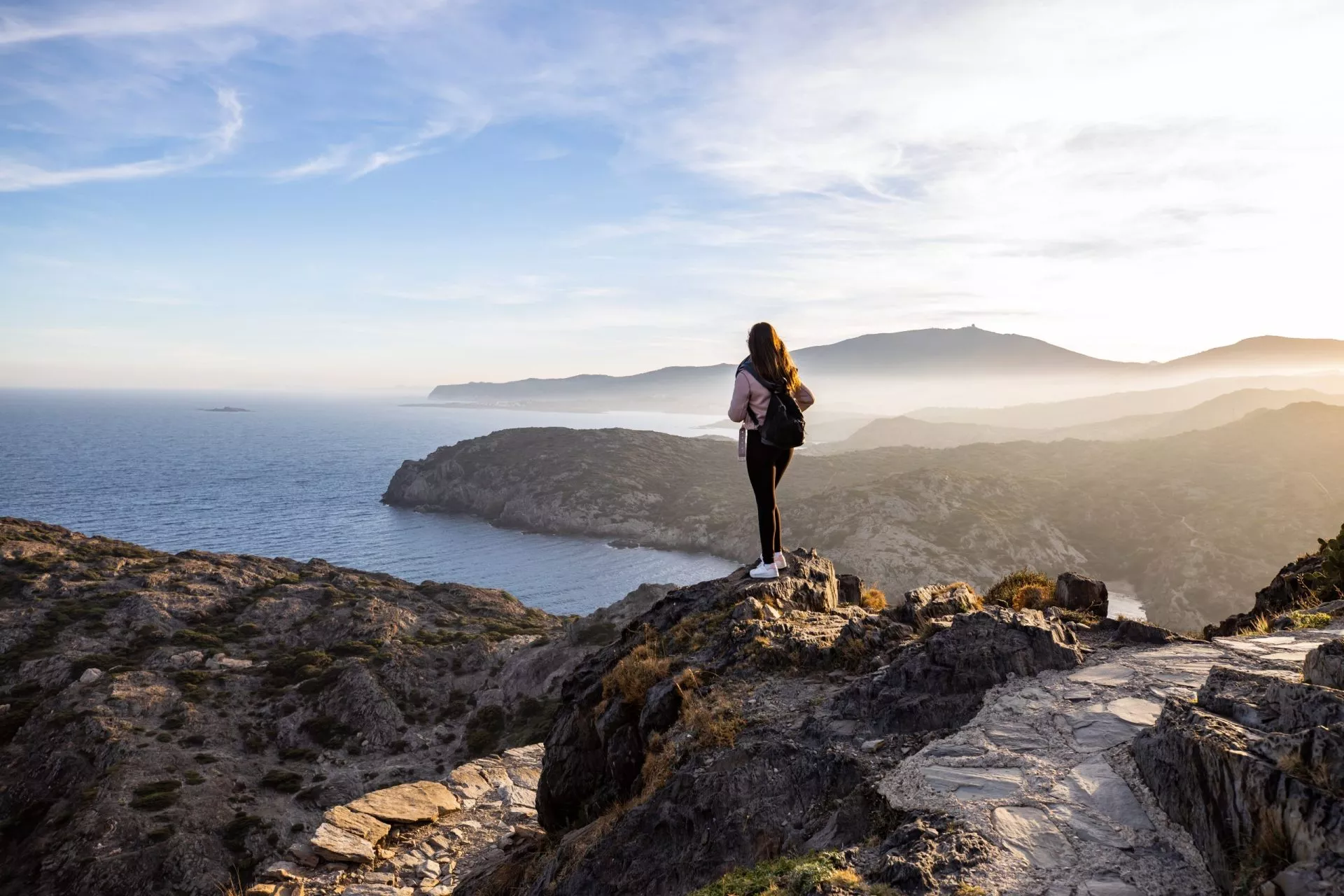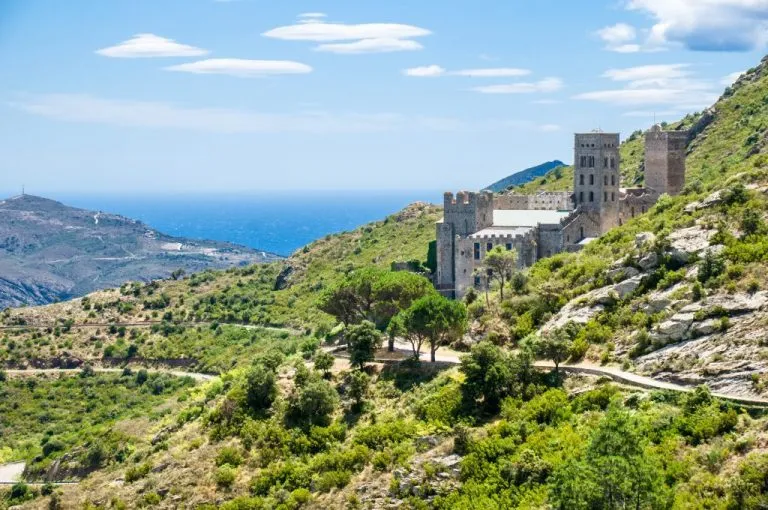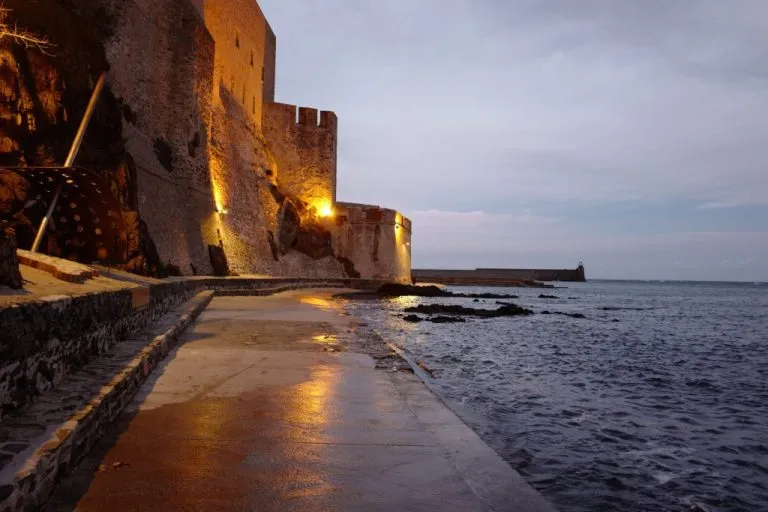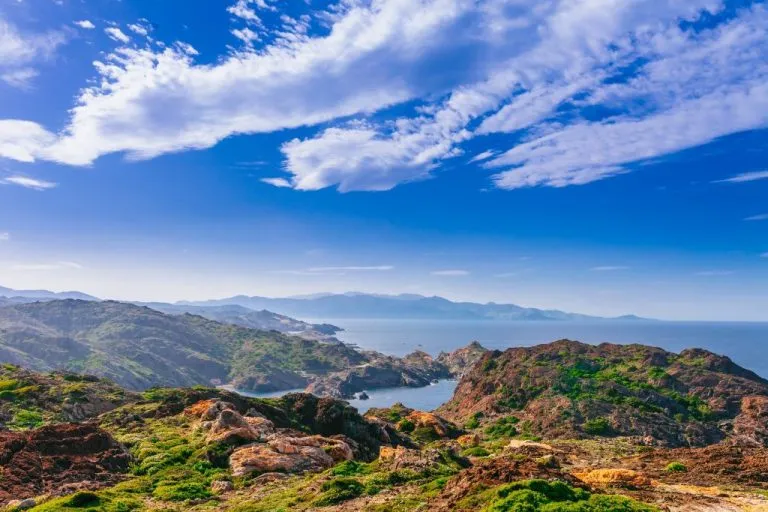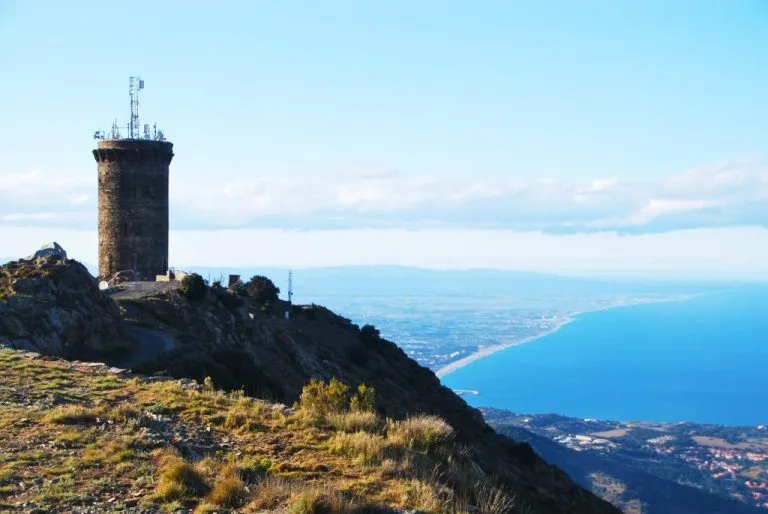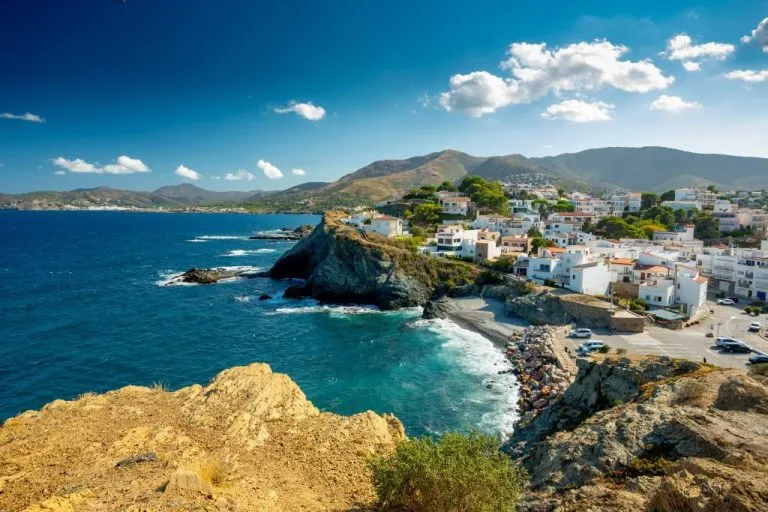
3-Day GR10 Hut-to-Hut Hike
Discover the historic spa town of Cauterets, rich in thermal baths and belle-époque architecture
Experience the stunning Pont d’Espagne, a natural marvel near the Spanish border
Marvel at Gaube Lake’s tranquil waters, nestled amidst the Pyrenees
Witness panoramic views from the Col de la Hourquette d’Ossoue, a high mountain pass
Enjoy comfortable accommodations in mountain huts
Immerse in the serene beauty and pastoral charm of the Pyrenees over three exhilarating days
Itinerary
Begin in the picturesque town of Cauterets, exploring its historic charm and thermal baths. The day’s hike takes you through the serene beauty of the Pyrenees, culminating at Chalet du Clot, near the majestic Pont d’Espagne. Here, spend the night in the heart of the mountains.
7.6 km and 620 m of elevation gain



You’ll start your hike by ascending to the stunning Lake Gaube. The path then leads you past the enchanting Refuge Oulettes de Gaube, offering breathtaking views of the towering Vignemale glacier. Your day concludes at the Refuge Baysellance, nestled at 2651 meters, the highest-located staffed refuge in the Pyrenees, where you’ll rest under the watchful gaze of the majestic Vignemale, a legendary peak in Pyrenean climbing history.
13 km and 1250 m of elevation gain / 140 m of elevation loss



Departing from the refuge, your descent takes you past the Bellevue caves, historical shelters carved in the 1880s for Count Henry Russell’s exploration of Vignemale. As you move towards the charming village of Gavarnie, you’ll traverse a UNESCO World Heritage site, celebrating the region’s unique geology and history. Although your path doesn’t lead directly to the Cirque, famous for Europe’s second-highest waterfall, its grandeur is visible from Gavarnie. Here, you’ll catch a bus to the airport.
19 km and 440 m of elevation gain / 1600 m of elevation loss



Want to make some changes?
Guided
Included in price
Optional Extras
Self guided
Included in price
Optional Extras

Think the Pyrenees have just one park? Think again!
Discover the most stunning ones in this free e-book!
Description
In the heart of the French Pyrenees, a segment of the GR10 trail offers an encapsulated 3-day hike in the Pyrenees, weaving through some of the most stunning landscapes the mountain range has to offer. From the historic charm of Cauterets, this trek takes you to Gavarnie, covering picturesque portions of the trail.
You’ll explore highlights like the awe-inspiring Pont d’Espagne and the tranquil waters of Gaube Lake, culminating in the panoramic views from Col de la Hourquette d’Ossoue.
Each day, while not technically demanding, challenges with substantial distances and elevation gains, demanding endurance and a passion for hiking. Participants should be prepared for varying altitudes and rugged terrain, ensuring they are in optimal physical condition.
To support your journey, we provide a comprehensive package, including comfortable accommodations in huts and 24/7 support on the route.
Detailed GPS navigation tools and an in-depth travel booklet about this panoramic stage of the GR10 are also included, ensuring you’re well-equipped for the adventure on this 3-day hike in the Pyrenees.
And if you have extra time on your hands and wish to experience more of this incredible hike, you can check out the 9-day GR10 Highlights Hike!
Trail Map
Start planning today!
Things to know
Hut-to-hut hiking is a form of trekking where you hike from one mountain refuge to another, staying overnight at these locations. This style allows you to explore the varied landscapes of the Pyrenees, from high mountain passes to serene valleys, without the need for carrying camping gear. The trails, such as the famous GR10 and GR11, connect different refuges and offer diverse scenic experiences.
Preparation involves physical training, familiarizing yourself with the hiking routes, and ensuring you have the right gear. Start with cardiovascular exercises and hikes to build endurance. Study the specific trails you plan to hike, as each has unique characteristics, and pack accordingly for varying weather conditions and terrains.
While some hiking experience is beneficial, the Pyrenees offer trails suitable for various skill levels. Beginners can enjoy less challenging routes with lower elevation gains, while experienced hikers can tackle more strenuous paths. But most trails in the Pyrenees require some previous experience, mostly due to large distances and elevation gains.
The Pyrenees feature a range of refuges, from basic, unmanned shelters offering minimal amenities to manned refuges with facilities like meals and hot showers. All our hikes include only staffed huts in order to provide the maximum comfort possible.
Sleeping arrangements in Pyrenees refuges vary. Some offer private rooms, while others only have shared dormitories. It’s essential to book in advance, especially during peak seasons, to secure the type of accommodation you prefer.
Refuge etiquette in the Pyrenees centers around respect for shared spaces and other hikers. Clean up after yourself, keep noise levels low, especially at night, and adhere to the specific rules of each refuge.
The ideal season is from late spring to early fall, typically June to September. This period offers more stable weather conditions and open refuges. However, be prepared for rapid weather changes, especially in higher altitudes.
Meals are provided in all staffed refuges, often including breakfast and dinner. Some refuges might offer packed lunches for the next day’s hike. It’s wise to carry snacks, especially for longer hiking segments.
Stay on marked trails, be aware of weather changes, and carry a basic first aid kit. For emergencies, know the local rescue services (112) and have a means to call for help. We provide support and check-ins to ensure your safety throughout your hike.
Although our suggestion would be that they are at least 12 years old, many hikes are suitable for children who are accustomed to hiking and can handle distance and elevation changes. Assess your child’s ability and choose a trail that aligns with their experience and stamina.
Weather in the Pyrenees can vary significantly, with warmer conditions in the lower valleys and cooler temperatures at higher elevations. Summers are generally mild, but conditions can change rapidly in the mountains, so be prepared for all scenarios.
Yes, advance booking is crucial, particularly if you prefer specific types of accommodation or are hiking during the busy season. Refuges, especially the more popular ones, can fill up quickly.
In mild bad weather, such as rain, it’s usually safe to continue your hike with appropriate gear. For severe weather conditions like heavy storms, it’s advised to stay in your current refuge until it’s safe to proceed. Always prioritize safety and follow the guidance of hut wardens or local authorities. We’ll try our best to adapt your itinerary accordingly.
The availability of specific dietary options varies between refuges. Most manned refuges offer vegetarian meals, but vegan options might be limited. It’s recommended to inform the refuge in advance of any dietary restrictions. Carrying additional food items to supplement provided meals is a good practice.
Cell phone reception in the Pyrenees can be spotty, especially in remote areas or higher altitudes. Some refuges may offer Wi-Fi, but it’s not common. Prepare for limited connectivity, which is a part of the remote mountain experience.

Think the Pyrenees have just one park? Think again!
Discover the most stunning ones in this free e-book!

Join a Group
Private Guided Solo
Private Guided Group
Self-guided
Why travel with Pyrenees Hut to Hut Hiking?
HASSLE-FREE
BOOK WITH CONFIDENCE
TRIED & TESTED ADVENTURES
UNBEATABLE SUPPORT
Similar Pyrenees Hiking Tours




